37 Wholesome Foods That Start with W
Foods that start with "W" offer a unique variety of flavors and textures, each bringing its own appeal to the table. From wholesome grains to sweet treats, these foods span cultures and cuisines with ease.
Many provide essential nutrients, making them both tasty and nourishing. These ingredients can add depth to meals, whether as main components or delightful sides.
With everything from refreshing options to hearty choices, there’s something for everyone. Here’s a list of 37 foods that start with "W" to add to your culinary repertoire:
Wahoo Fish
Wahoo fish is a fascinating catch celebrated for its unique flavor and versatility.
Known in Hawaiian as ‘Ono,’ meaning 'good to eat,' this fish features firm, flaky flesh with a hint of sweetness that makes it stand out.
Found across warm waters from the Pacific to the Atlantic and Indian Oceans, you’ll discover endless cooking possibilities, from grilling and baking to frying or steaming.
For those adventurous enough, thin slices can be enjoyed raw in dishes like sushi or ceviche.
Wakame
Wakame is a prominent edible seaweed, widely embraced in Asian cuisine for its versatility and unique flavor profile.
Harvested primarily from the ocean waters of Japan and Korea, this nutritious green offers numerous culinary applications that can enhance various dishes.
You’ll find wakame adding depth to soups, enriching salads when used fresh, or even enjoyed as a crunchy snack when dried.
Its subtly briny taste complements many ingredients beautifully, making it an excellent addition to your pantry if you seek variety in flavors.
Walnuts
Walnuts are edible seeds that fall under the category of tree nuts, often mistaken as true nuts. These unique ingredients boast a sweet yet subtly bitter flavor profile and resemble a human brain in appearance, which adds to their intrigue.
Found easily in supermarkets or health food stores, walnuts can be enjoyed raw or roasted and even transformed into rich oils or creamy butters. Their high oil content makes them susceptible to spoilage, so proper storage is essential for maintaining freshness.
Many people love incorporating these versatile seeds into ice creams and baked goods, making them a staple in American desserts.
Walla Walla Onions
Walla Walla onions are renowned for their impressive size and exceptional sweetness, making them a standout choice in the onion family.
With a distinctive flat base and peak top, these onions boast a unique papery skin that appears almost white.
Upon slicing one open, you’ll discover juicy layers with a milder flavor profile than typical onions, perfect for those who prefer less bite in their dishes.
These oversized gems shine when eaten raw due to their elevated sugar and water content but also excel when cooked; they caramelize beautifully, enhancing recipes like French onion soup with rich depth.
Walleye Fish
Walleye fish offers a delicious option for seafood lovers, recognized for its delicate flavor profile.
Commonly referred to as pickerel, this freshwater ray-finned fish thrives in the lakes of Northern USA and Canada, making it a popular choice among both commercial fisheries and recreational anglers.
With its mild taste lacking any briny notes, walleye serves as an excellent alternative to various saltwater options like snapper.
The firm yet buttery texture lends itself beautifully to pairings with crisp white wines and fresh steamed vegetables, enhancing your dining experience effortlessly while providing a satisfying dish that resonates well on menus everywhere.
Wampee Fruit
Wampee fruit is a small yet intriguing tropical delight that thrives in Southeast Asia's lush landscapes. Resembling grapes, these fruits transition from a vibrant green to an earthy beige as they mature, offering visual appeal alongside their unique flavor profile.
Inside each fruit lies 2-5 large seeds, which you can enjoy along with the flesh. The taste strikes a balance between sweet and sour notes, though certain varieties lean towards more pronounced tartness.
The skin also adds another layer of complexity with its spiced essence; just keep in mind that its bitterness increases as the fruit ripens further.
Wolffish
Wolffish offers a unique culinary experience with its firm, white flesh and mild flavor, making it an appealing choice for those who prefer less intense seafood.
Renowned for their striking appearance, these fish inhabit the deep Atlantic waters and are often caught unintentionally during trawler fishing operations.
The delicate taste pairs beautifully with various seasonings and cooking methods, allowing you to experiment in your kitchen effortlessly.
Though not commonly found on every menu due to their elusive nature, incorporating wolffish into your dishes can add intrigue and depth to any meal plan while introducing you to a lesser-known treasure of the sea.
Wineberry
Wineberry is a fruit known for its sweet-sour taste, making it an ideal ingredient for jams, jellies, and refreshing juices.
Originating from Asia but now found globally, this berry relates closely to raspberries and features vibrant orange-red flesh encased in a distinctive hairy husk that exudes a sticky fluid as it ripens.
With their intriguing flavor profile, wineberries can elevate desserts or be enjoyed fresh straight from the bush.
Winter Melon
Winter melon is a unique gourd that resembles a large watermelon but features white flesh and yellow seeds.
Often utilized in Asian dishes, its flavor offers an intriguing blend reminiscent of cucumber and zucchini.
This versatile ingredient can be cooked into soups or stir-fries, adding both texture and subtle taste to various recipes.
Rich in water content, winter melon also serves as a refreshing addition to summer meals while providing essential nutrients without overwhelming flavors.
Wood Pigeon
Wood pigeon is a game bird that offers a rich flavor and tender texture, setting it apart in the world of unique meats.
This bird thrives in wooded areas, differing from its urban counterparts while being celebrated for its sustainability as a protein source.
Predominantly featured in European and Western Asian dishes, wood pigeon's versatility allows it to shine when roasted or grilled with herbs.
Cooking this dish can elevate your culinary repertoire as you explore its distinctive taste profile that pairs wonderfully with seasonal vegetables or hearty grains.
Wong Pei Fruit
Wong Pei fruit are small, round fruits that grow in clusters on native Chinese trees. Characterized by their light fuzz-covered yellow skin, these fruits reveal a soft white flesh once peeled, resembling the texture of grapes while encasing small green seeds.
The flavor profile offers a hint of lychee's sweetness but remains less intense and is often appreciated for its refreshing quality. It's essential to discard the inedible seeds before enjoying this unique fruit.
Perfectly suited for adding an exotic touch to salads or desserts, Wong Pei provides both visual appeal and distinct taste without overwhelming your palate.
White Figs
White figs are a unique fruit that stand out with their pale, delicate skins ranging from ivory to light green.
Originating in Southern California, these exquisite fruits can be hard to find outside the West Coast due to their fragility during transport.
When sliced open, they reveal a striking red-purple flesh known for its sweet flavor and jammy texture alongside edible seeds adding an enjoyable crunch.
The taste of white figs intensifies as they ripen; fully matured ones resemble a delicious blend of strawberries and raspberries, making them an exceptional addition to both savory dishes and desserts alike.
Wattleseed
Wattleseed is a remarkable ingredient derived from the Acacia plant, specifically known for its unique safety compared to other Acacia seeds.
These small seeds are often roasted and ground into a versatile powder or liquid, making them an excellent addition to various baked creations.
With its rich flavor profile reminiscent of coffee, hazelnut, and chocolate, wattleseed brings depth to your favorite recipes while enhancing their taste.
Incorporating this seed allows you to experiment with new culinary dimensions in your baking endeavors.
Wax Apples
Wax apples are a fruit often mistaken for traditional apples due to their name.
These berries, with their glossy skin in striking shades of green or red, resemble pears more than they do typical apples.
The flesh is white and spongy, offering a satisfying crunch alongside its sweet and juicy taste.
While raw consumption is popular for enjoying their refreshing flavor, incorporating wax apples into both sweet and savory dishes highlights their versatility in the kitchen.
White Asparagus
White asparagus is a variety of the familiar green spears, differing primarily in its cultivation method. Harvested before it reaches sunlight, this tender vegetable lacks chlorophyll, resulting in its striking pale hue.
You’ll find that the flavor profile leans towards sweetness compared to its greener counterpart. To enhance your culinary experience with white asparagus, peeling is essential due to its tougher outer layer.
Whether grilled or sautéed, it adds an elegant touch to various dishes and pairs beautifully with rich sauces or simple seasonings for a refined meal option.
Winter Squash
Winter squash refers to a group of various squash varieties that thrive in cooler months, typically harvested during fall and preserved for winter use. Recognized by their sturdy skins, these squashes differ significantly from their summer counterparts.
Popular types include pumpkins, butternut squash, and spaghetti squash, all sharing a naturally sweet flavor profile complemented by nutty notes. Their unique texture makes them perfect candidates for roasting or transforming into creamy soups.
With so many options available within this category, you can easily find the right variety to suit your culinary needs throughout the colder seasons.
White Beech Mushroom
White beech mushrooms are a fungi that stand out with their smooth, ivory hue and delicate structure.
Often found in clusters near Beech trees across East Asia, these mushrooms feature small rounded caps atop slender stems.
While they carry a strong bitterness when raw, cooking transforms their flavor into a succulent buttery delight complemented by a firm yet slightly crunchy texture.
Versatile in the kitchen, you can sauté or braise them to enhance dishes alongside robust ingredients like garlic and onions for an impressive culinary experience.
Wolfberry
Wolfberries, commonly referred to as goji berries, are a nutrient-packed superfood with deep roots in traditional Asian medicine.
These striking red fruits typically come dried but can also be enjoyed fresh or as a vitamin-rich juice.
Their tart flavor offers hints of cranberries and cherries, making them an exciting addition to various dishes.
In Asian cuisine, not only the berries but also the shoots and leaves are utilized for their culinary value, often featured as leafy greens that enhance both taste and nutrition.
Watermelon
Watermelon is a visually stunning fruit, renowned for its large size and eye-catching striped skin that features a captivating contrast of dark and light green hues.
Inside, the bright red flesh is often dotted with distinctive black seeds, making it not only delightful to look at but also satisfying to eat.
This succulent fruit offers a refreshing taste reminiscent of cucumber, providing an invigorating experience on warm days.
Typically enjoyed raw, watermelon pairs beautifully with sharper ingredients like feta cheese or fresh basil.
Water Spinach
Water spinach is an aquatic plant distinguished by its long, wide leaves and distinctive grassy, nutty flavor.
Unlike regular spinach, this vegetable offers a crunchy texture reminiscent of seaweed, making it an intriguing addition to various dishes.
Thriving in the tropical waterways of Southeast Asia, water spinach grows in two main varieties: green stemmed and white stemmed.
While their colors differ slightly, you can expect both types to deliver the same delightful taste experience that enhances salads or stir-fries with freshness and crunch.
Whitefish
Whitefish is a versatile fish known for its delicate flavor and appealing white flesh. Found in the chilly freshwater lakes of Northern America, it boasts a medium-firm texture that flakes beautifully when cooked.
The oiliness of whitefish makes it ideal for various cooking methods; whether you choose to smoke or grill it, the moisture content helps prevent overcooking. Its mild taste resembles salmon, making it an excellent choice for those who enjoy seafood without overpowering flavors.
You can easily incorporate this fish into your meals with simple seasonings or rich sauces to enhance its natural qualities while keeping preparation effortless.
Whiting
Whiting is a versatile fish known for its delicate flavor and firm texture. Found primarily in the waters of the United Kingdom and Ireland, these bottom-dwellers can reach up to two feet in length.
With a diet consisting of shrimp, crab, and smaller fish, whiting grows rapidly, making it an economical choice for sustainable seafood lovers. The white flesh shines brightest when freshly caught; overcooking can lead to undesirable softness.
Whiting offers a taste profile similar to cod or pollock without being overly fishy, making it appealing even to those who are not fans of stronger seafood flavors.
Watercress
Watercress is a unique aquatic plant that thrives in fresh water and belongs to the Brassica family, sharing its lineage with broccoli and cabbage.
Recognizable by its small, scalloped green leaves and delicate stems, this herbaceous wonder grows abundantly in many regions of the Northern Hemisphere as well as cultivated globally.
Its distinctive peppery flavor offers a refreshing contrast when incorporated into salads or layered onto sandwiches.
You can also enhance soups with watercress for an unexpected zesty kick, making it a versatile addition to your meals that brings both freshness and depth.
Wheat
Wheat is a fundamental grain that serves as the backbone for countless staples worldwide. Primarily cultivated for its seeds, wheat flour forms the basis of beloved foods such as bread, pasta, and cereals.
This versatile ingredient provides essential carbohydrates and dietary fiber that contribute to overall health. However, those with gluten sensitivities must be cautious since wheat contains this protein.
Understanding its role in nutrition can help you make informed choices about incorporating it into your diet while considering any dietary restrictions you may have.
White Turnip
White turnips are a winter vegetable with their sweet, tender flavor reminiscent of baby turnips. Characterized by their creamy white skin and striking purple shoulders, these root vegetables resemble oversized radishes in shape.
The natural sugars within them caramelize beautifully when roasted or braised, enhancing the dish's depth significantly. Notably, the green tops are edible too; they deliver a taste akin to spinach or beet greens and can be incorporated into various recipes for added nutrition and flavor versatility.
With their unique qualities, white turnips bring warmth to any meal during colder months.
White Chocolate
White chocolate is a creamy delicacy that captivates with its sweet, buttery flavor.
Often mistaken for traditional chocolate, it derives from cocoa butter rather than cocoa solids, making it unique in the confectionery world.
This versatile ingredient lends itself to an array of culinary creations; whether you’re baking cookies or drizzling warm sauce over desserts, white chocolate adds a luxurious touch.
It also stands out as a favorite treat on its own, appealing to those who enjoy sweetness without the intensity of dark or milk varieties.
Williams Pear
Williams pear is known for its distinctive shape and attractive golden-yellow skin, which often develops a rosy blush under the sun.
This variety stands out as one of the most widely cultivated pears in America, appreciated not only for its beauty but also for its crisp texture and rich flavor profile.
The ivory flesh offers a buttery taste that becomes even more pronounced with ripening, making it an appealing choice to enjoy fresh or incorporated into various dishes.
White Currants
White currants are a lesser-known gem in the fruit world, distinguished by their pale hue and sweeter flavor compared to their red counterparts. These delicate berries can range from nearly translucent to gently blushing with pink tones.
Their natural sweetness makes them an excellent ingredient for desserts that crave a touch of extra indulgence, as well as for crafting delightful jams and jellies that spread joy on breakfast tables. When you incorporate white currants into your recipes, you're adding not just flavor but also a unique visual appeal that's sure to brighten up any dish.
Whether tossed in salads or used as toppings, these fruits bring both taste and elegance effortlessly.
Wild Leeks
Wild leeks are a hidden gem in the culinary world, often sought after by foragers.
Growing naturally in forests during early spring, these petite relatives of regular leeks feature slender stalks and distinctive white bulbs that transition to red near the leaves.
Their robust aroma and intense garlic-like taste set them apart from common leeks; you’ll find this flavor most pronounced in the bulb and stems, while their leaves offer a subtler note.
Wild Boar
Wild boar stands out as a game meat with an intriguing, nutty flavor reminiscent of both pork and beef.
This distinct meat is not only leaner than traditional pork but also boasts impressive marbling that allows for quicker cooking times.
Its versatility shines through, whether you prepare it as ribs, steaks, or ground for various dishes.
Packed with natural vitamins and minerals, wild boar presents itself as a healthier choice compared to conventional farmed meats without the worry of additives or hormones.
Water Chestnuts
Water chestnuts are unique aquatic tubers that resemble chestnuts in shape and appearance but are entirely distinct in nature.
With a brown, papery skin that peels away to reveal crisp white flesh, these versatile ingredients add an appealing crunch to various dishes.
Commonly featured in Asian recipes, they shine when included in stir-fries or soups while enhancing the texture of dumplings and stuffing.
Their subtle flavor allows them to complement other ingredients effortlessly without overpowering the dish.
Water Mimosa
Water mimosa is an aquatic vegetable celebrated for its rich umami flavor profile.
Often found along riverbanks, this unique plant features crunchy, feather-like leaves that resemble a mix of cabbage and mushrooms in taste.
While it's widely utilized in Asian dishes, the woody stems are typically left behind during harvest due to their tough texture.
Although prized for culinary uses, water mimosa can be invasive; it holds the status of a weed in Australia.
Wild Rice
Wild rice is a unique grain that thrives in the shallow waters of North America and China.
As a type of grass, it offers superior nutritional benefits compared to conventional white rice, making it increasingly sought after by health-conscious individuals.
Its distinct nuttiness and chewy texture add depth to various dishes while enhancing overall flavor profiles.
Although wild rice requires more time for cooking, its rich taste makes every effort worthwhile for those seeking wholesome meal options.
White Button Mushroom
White button mushrooms are widely recognized as one of the most commonly cultivated varieties, celebrated for their incredible versatility in cooking.
These small fungi can enhance dishes whether enjoyed raw or cooked; when fresh, they offer a crisp texture with a subtle flavor that complements salads and dips beautifully.
Cooking these mushrooms transforms them, bringing out an earthy umami taste paired with a satisfying chewiness that enhances soups, stir-fries, and pasta dishes alike.
Their distinctive white caps typically measure 1-2 inches across while concealing brown gills beneath.
Wasabi
Wasabi is a pungent green paste that often accompanies sushi, enhancing its flavor with an intense kick.
This unique condiment originates from a type of pepper and has a heat profile reminiscent of horseradish, making it both aromatic and fiery.
Many people may be surprised to learn that much of what is marketed as wasabi in stores isn't authentic; instead, it's commonly just dyed horseradish pretending to be the real deal.
When you indulge in genuine wasabi, you'll experience not only its signature heat but also a distinct freshness that elevates your dining experience.
Wood Apple
Wood apple features hard, rough exterior reminiscent of a coconut rather than the typical apple.
Its tough shell can be challenging to crack open, revealing an unexpected aroma often described as pungent and unusual, some say it resembles blue cheese or even baby poop.
Despite this striking smell, you’ll find the flavor quite pleasant; it's sweet and tangy with notes similar to tamarind.
The flesh boasts a custard-like consistency sprinkled with seeds and bits of rind, offering an intriguing experience for adventurous eaters who appreciate diverse textures in their culinary explorations.
Whitebark Raspberry
Whitebark raspberries are fruits known for their unique thick, waxy white coating that sets them apart from their black raspberry relatives. Once this outer layer is peeled away, a striking deep-purple berry emerges, resembling the familiar black raspberry in both appearance and taste.
These berries share a flavor profile that's remarkably similar to black raspberries, making them an interesting alternative for those seeking variety. A fun tidbit about whitebark raspberries is how they inspired the popular blue raspberry flavor found in many candies and beverages.
Despite their fascinating attributes, you'll seldom find these berries highlighted as key ingredients in recipes or snacks.

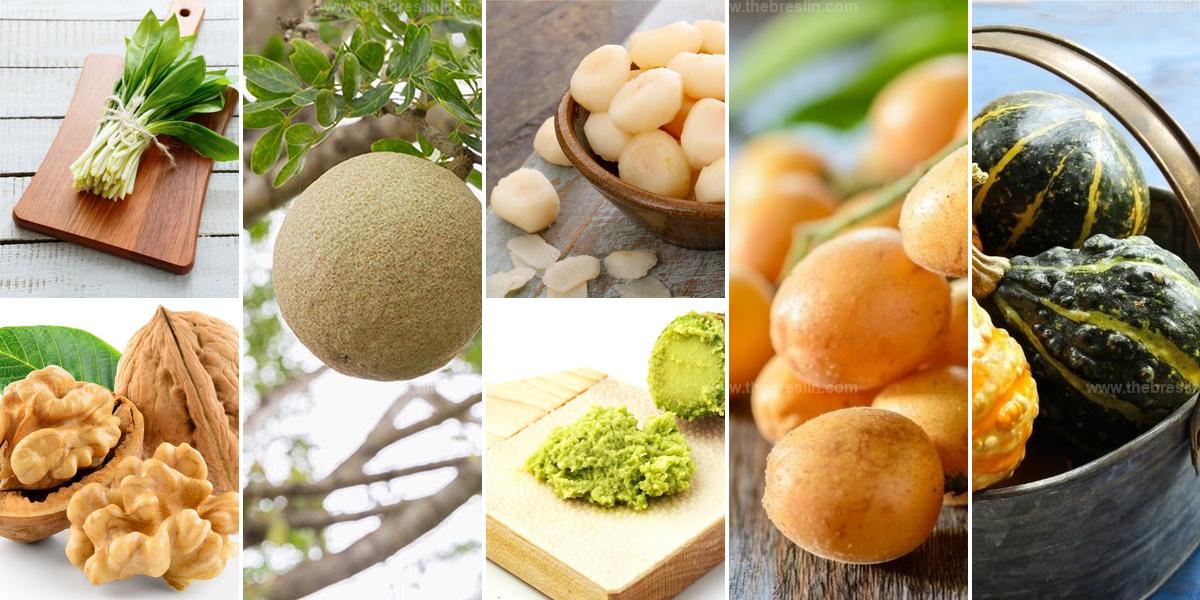
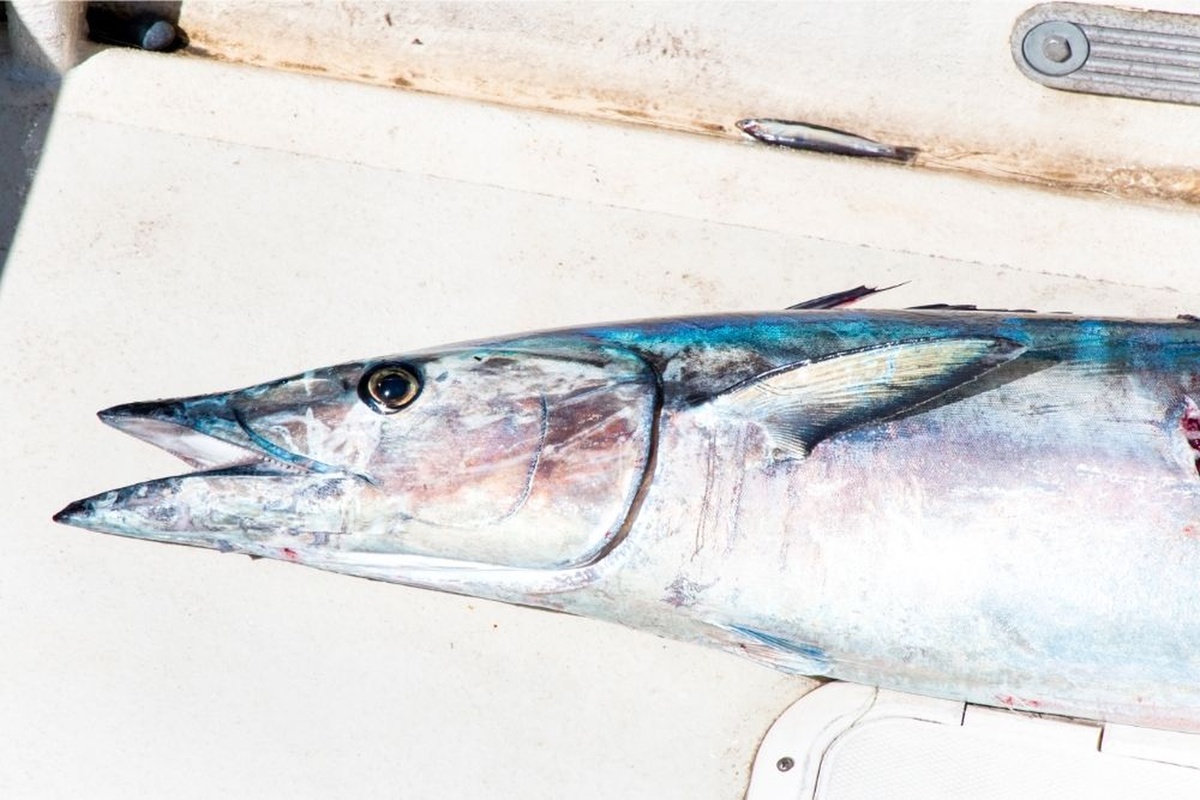
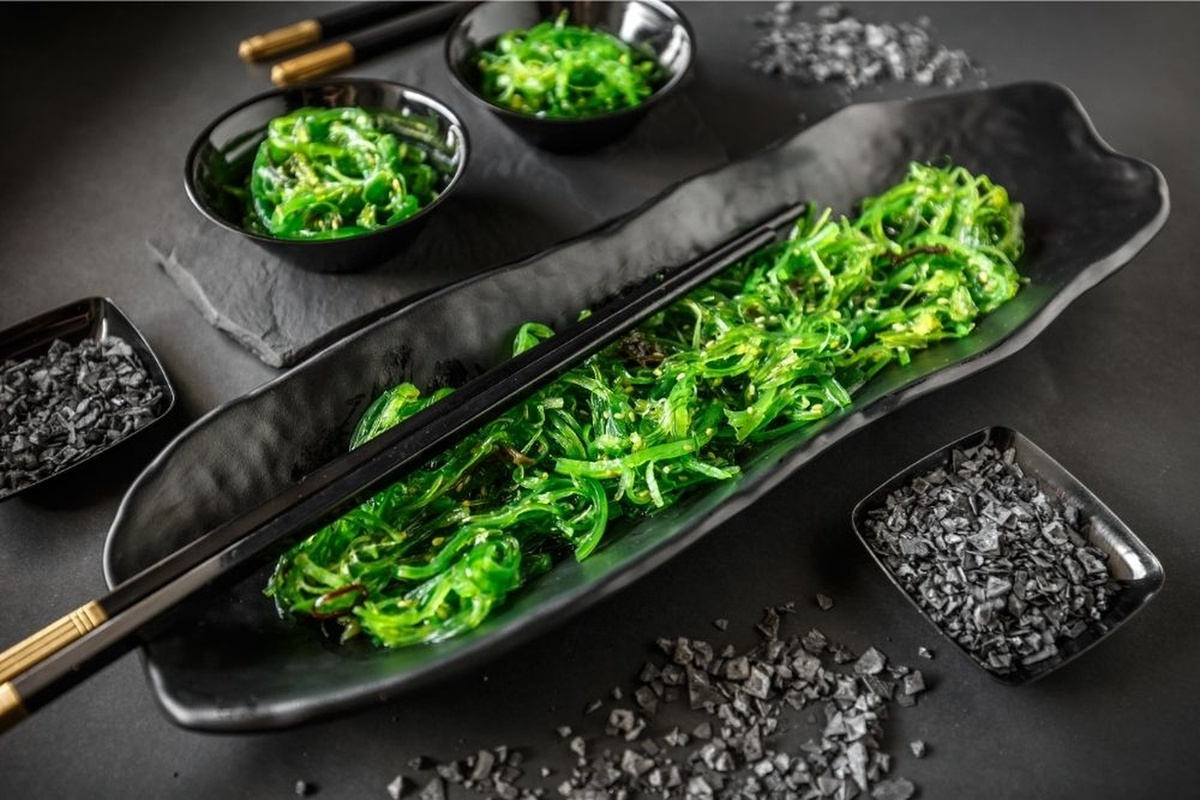
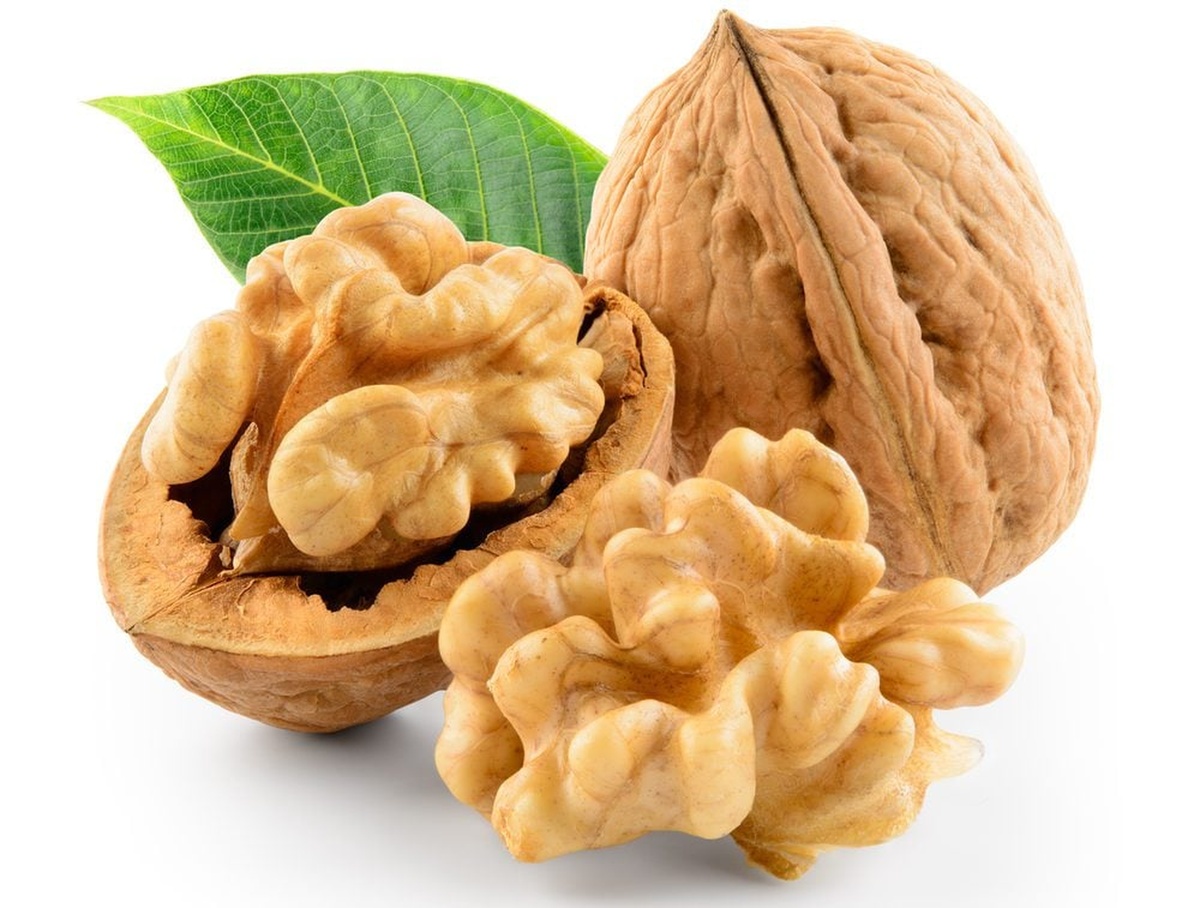
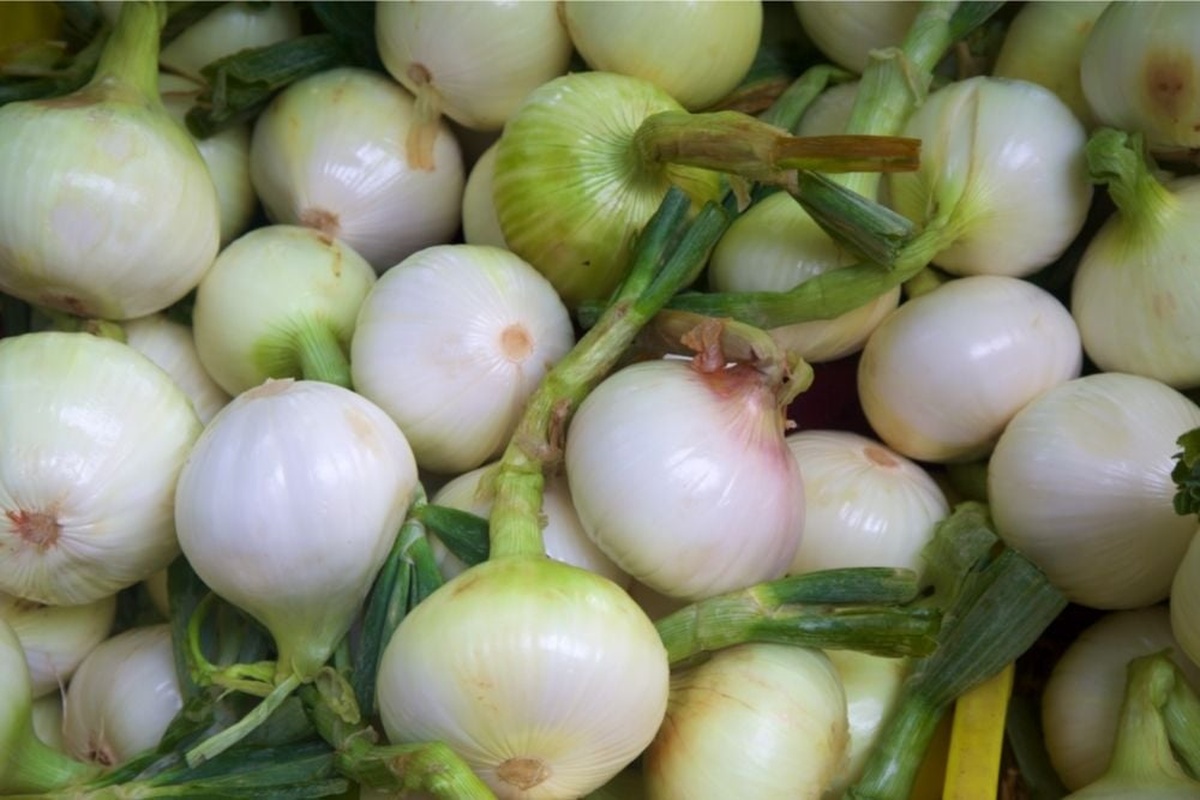
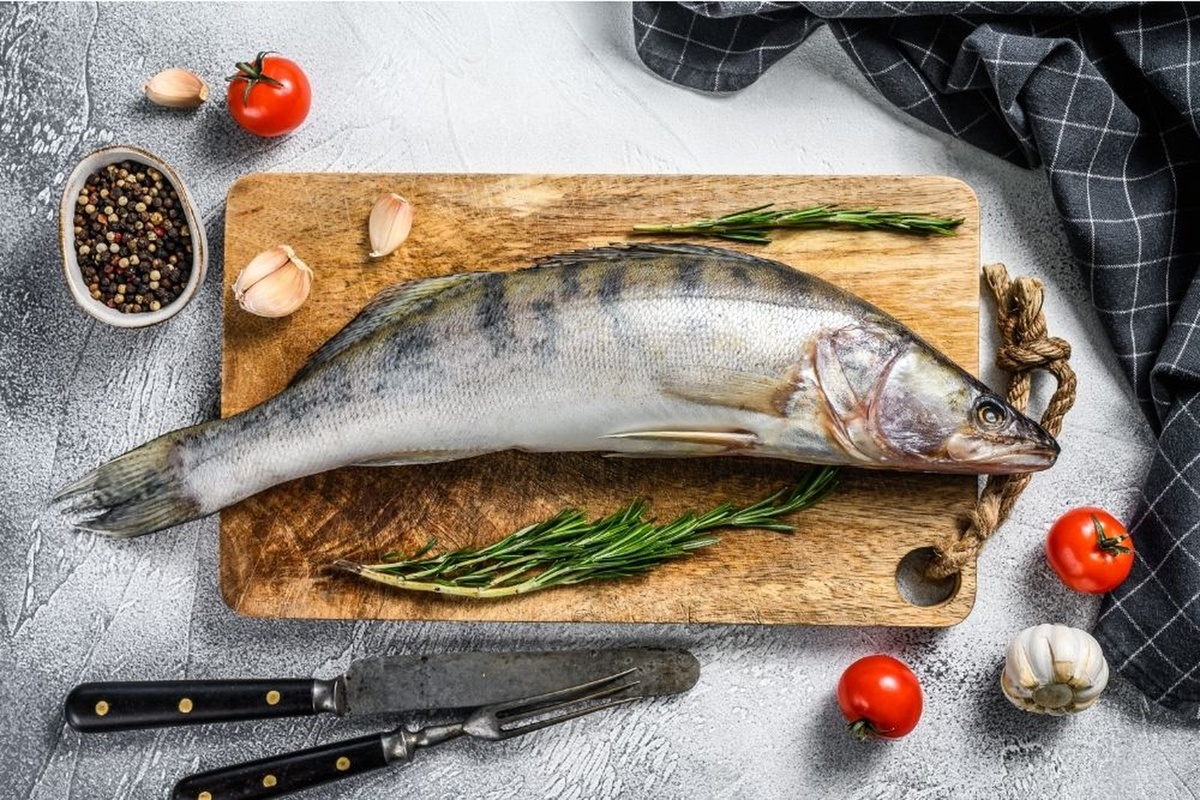
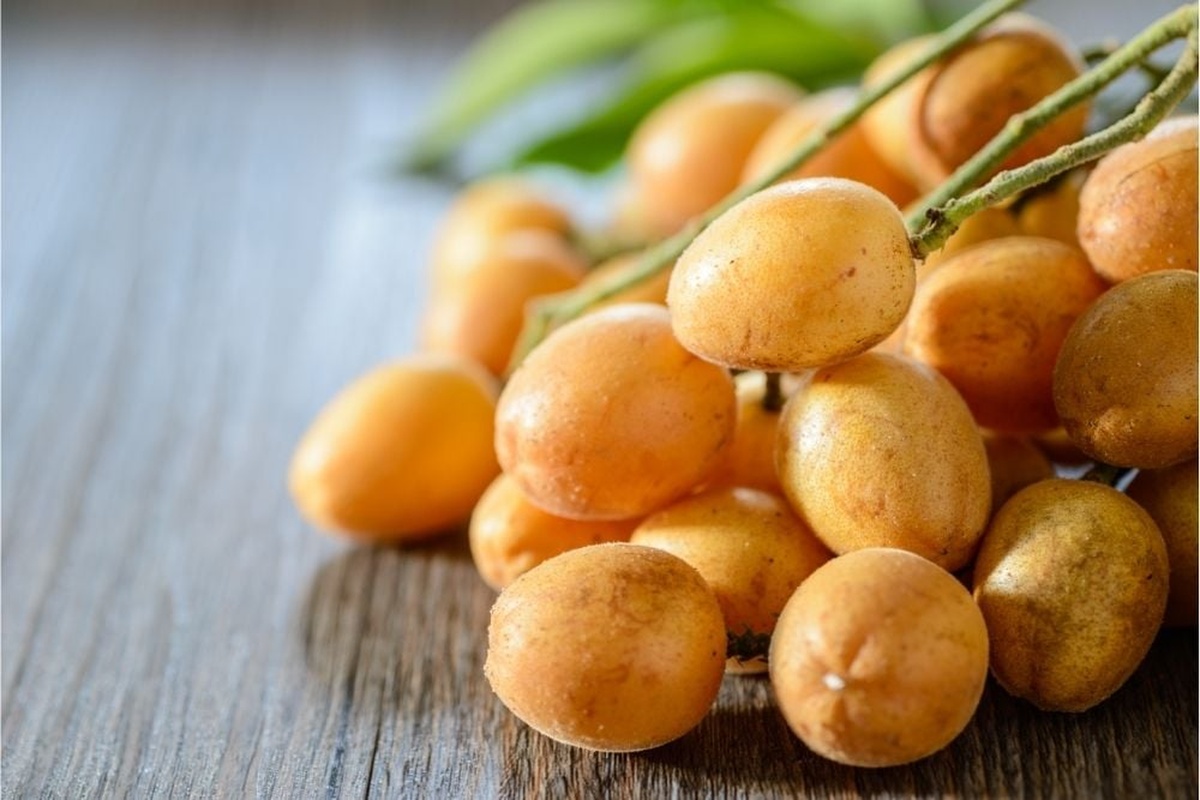
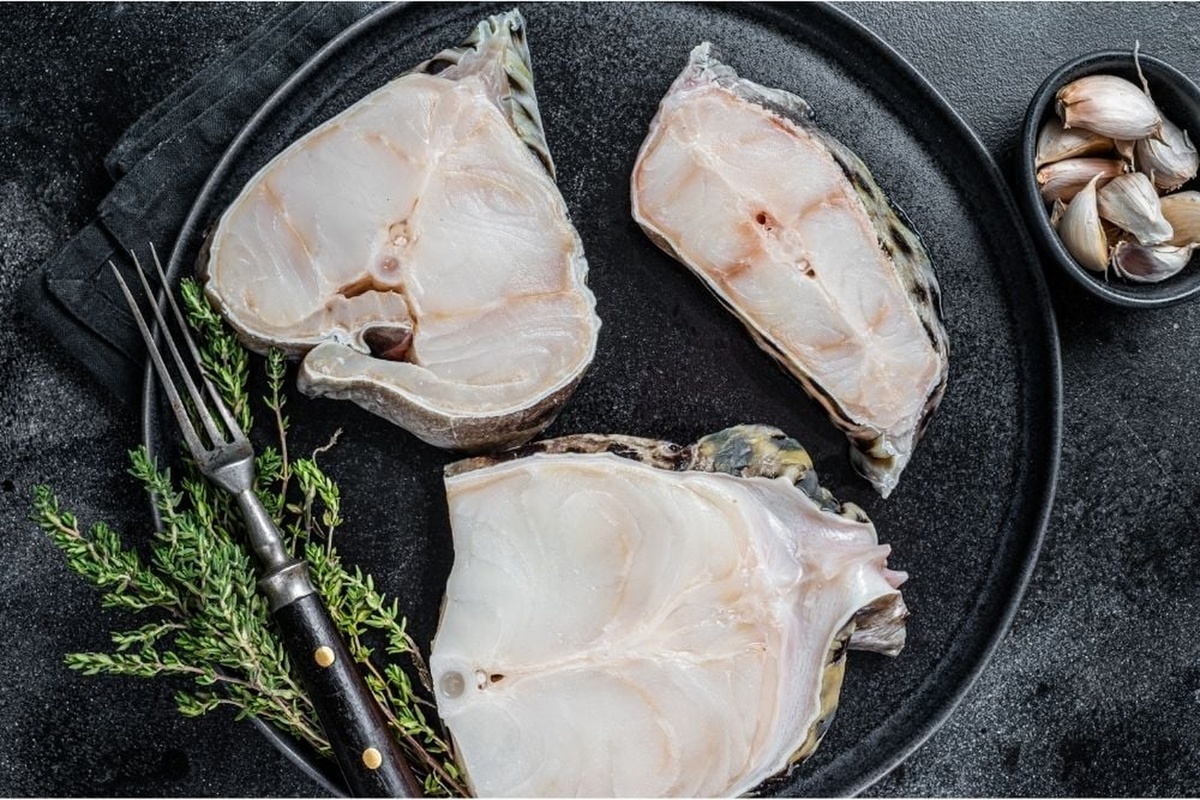
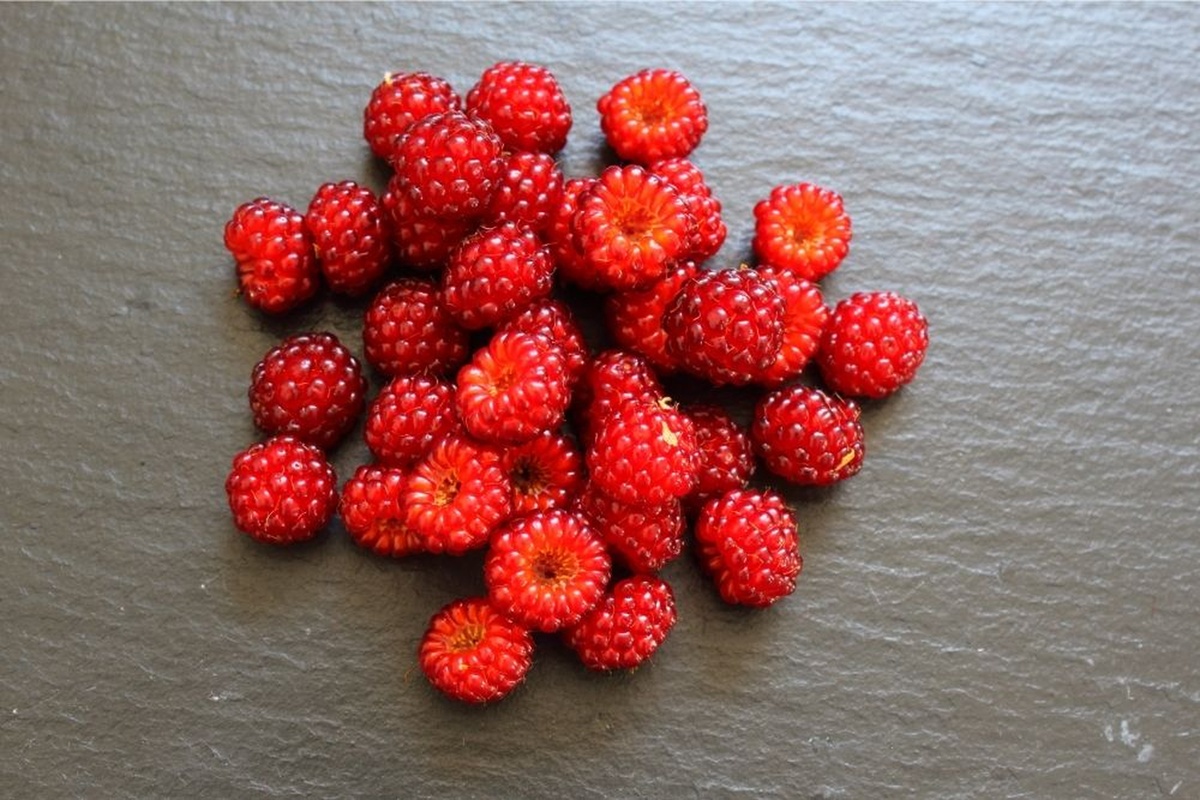
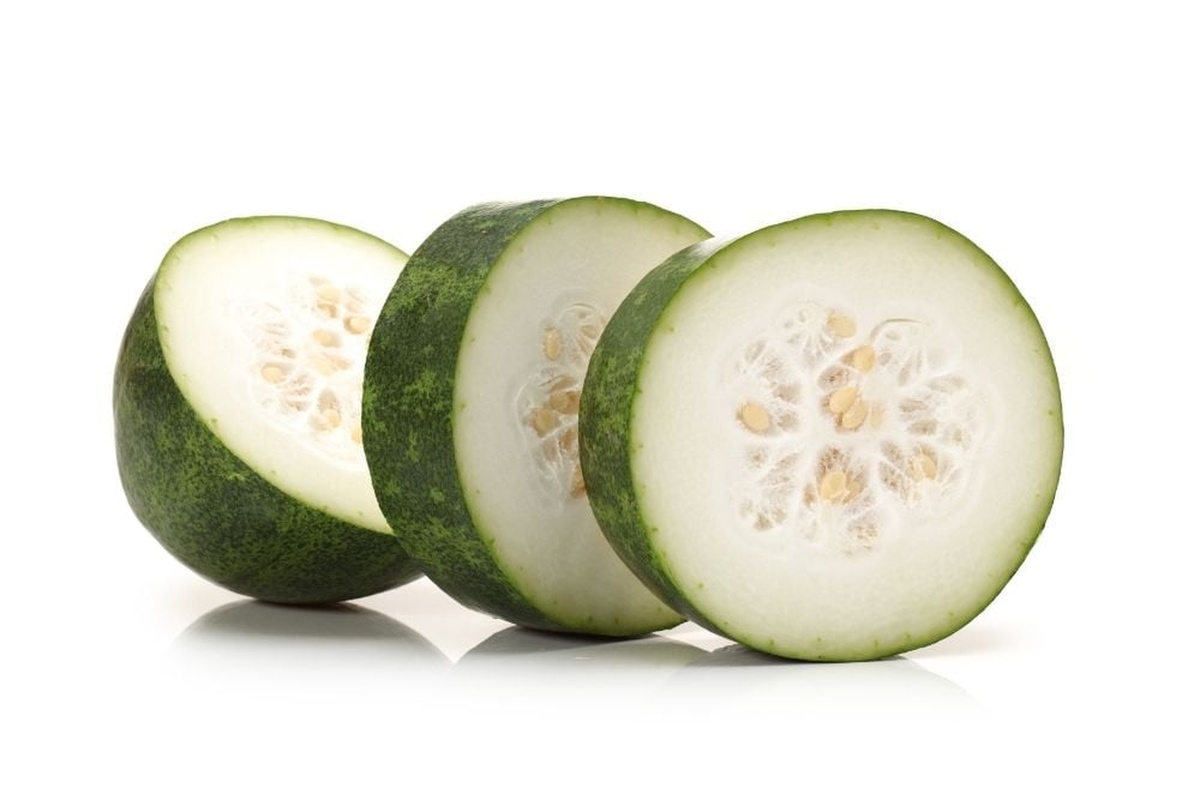

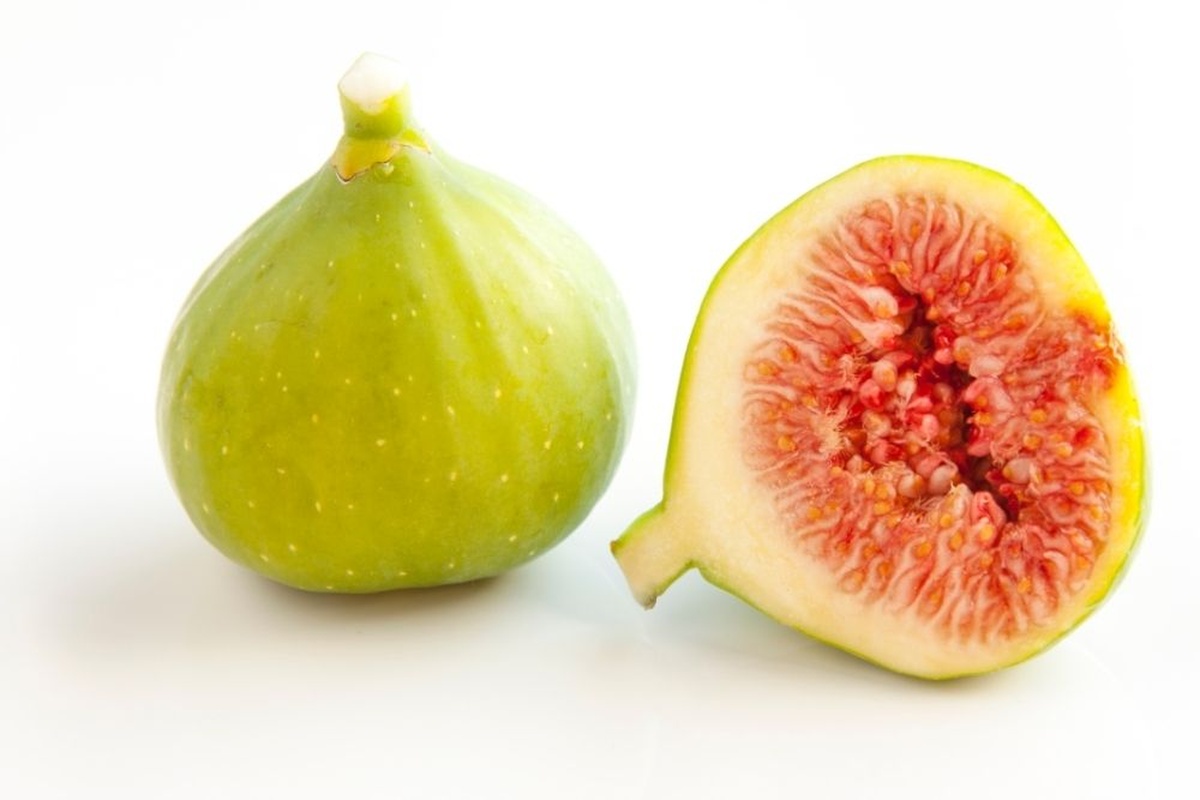
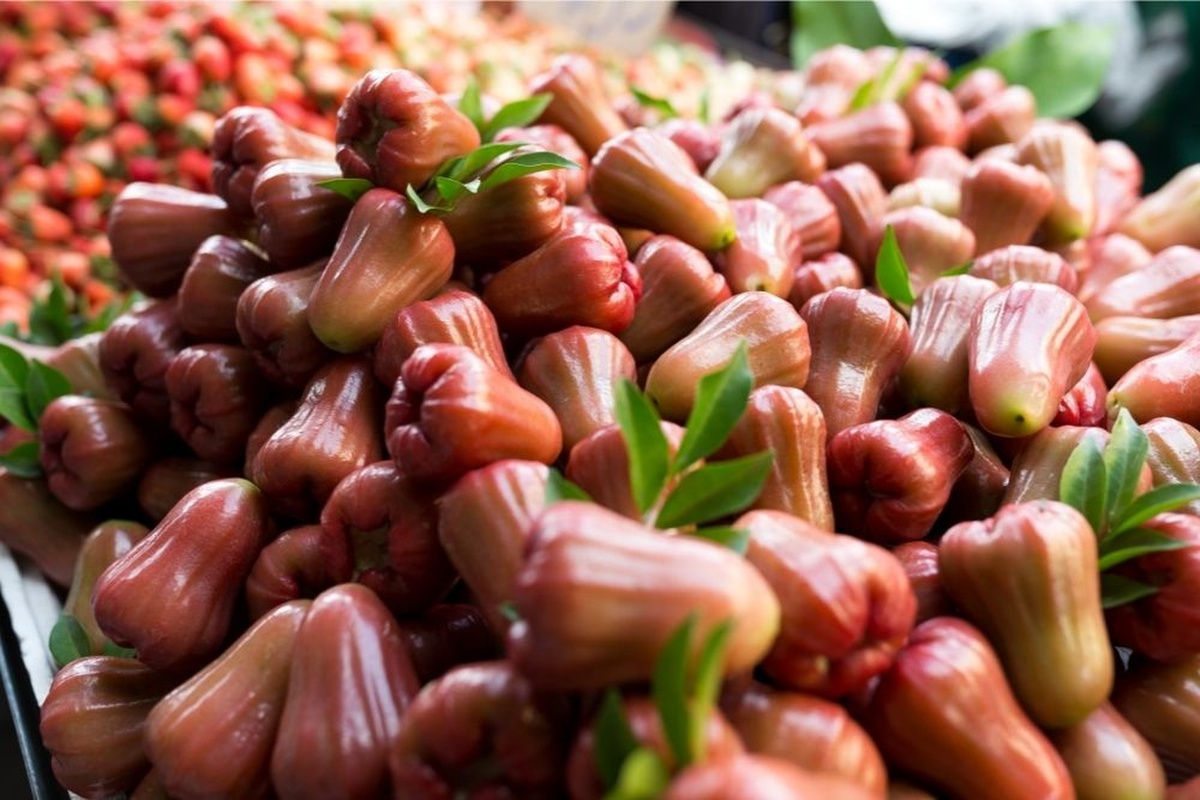

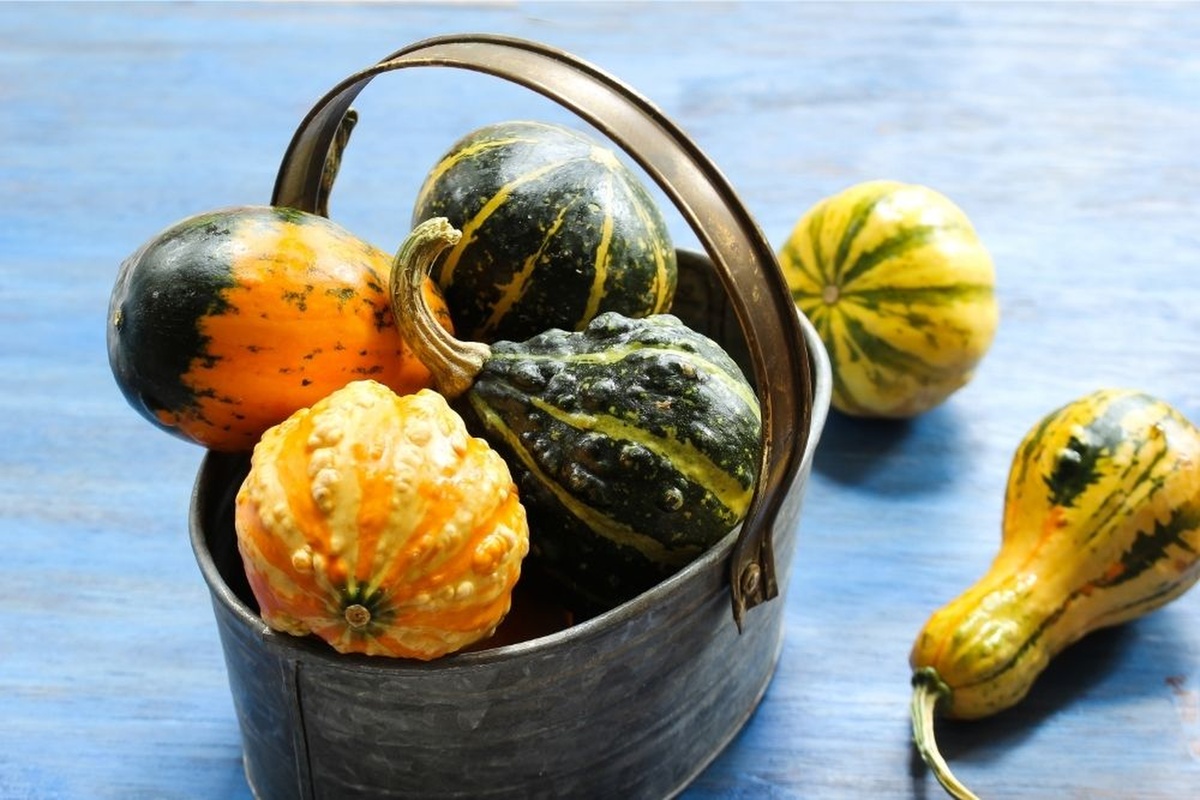
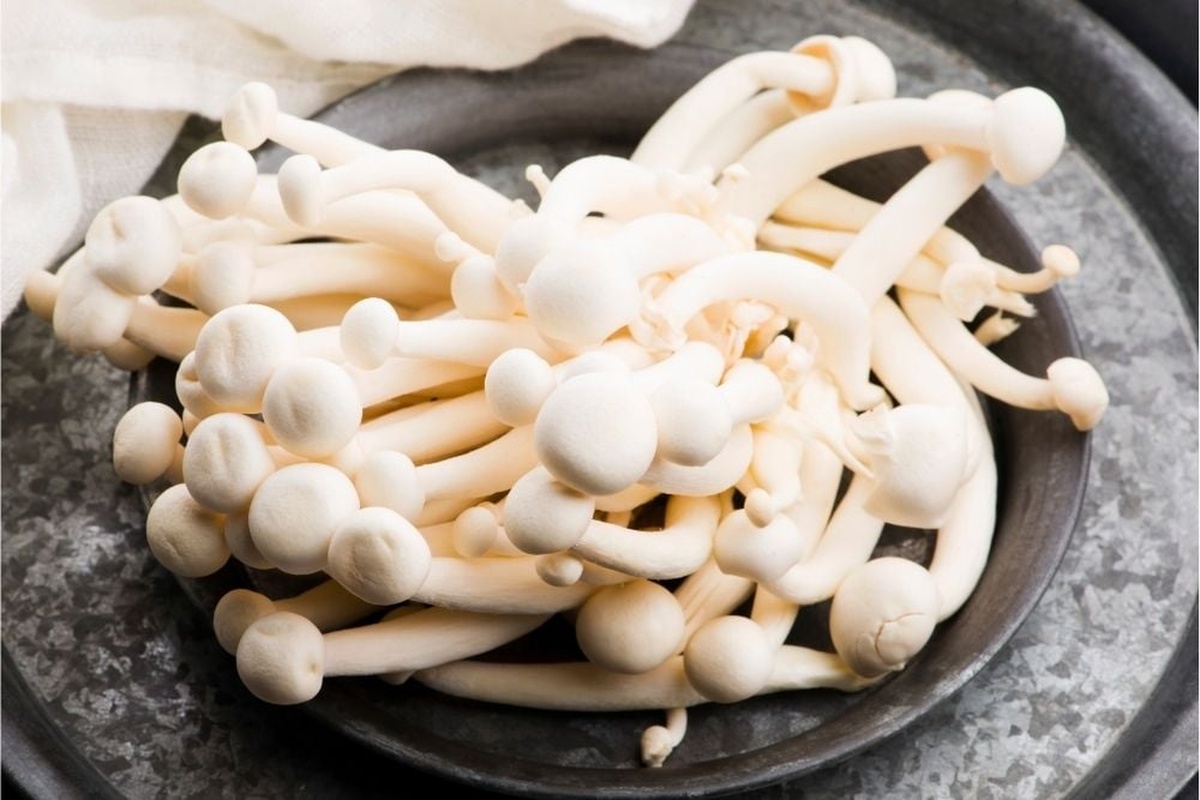
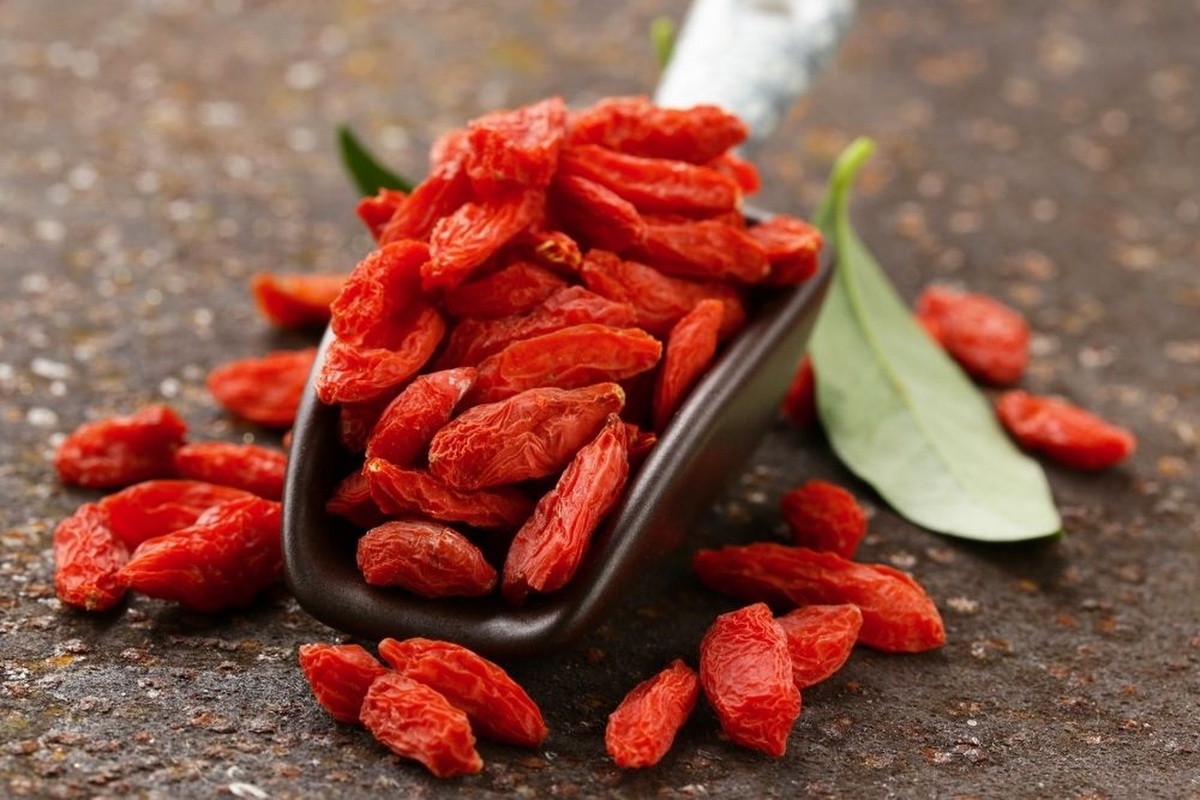
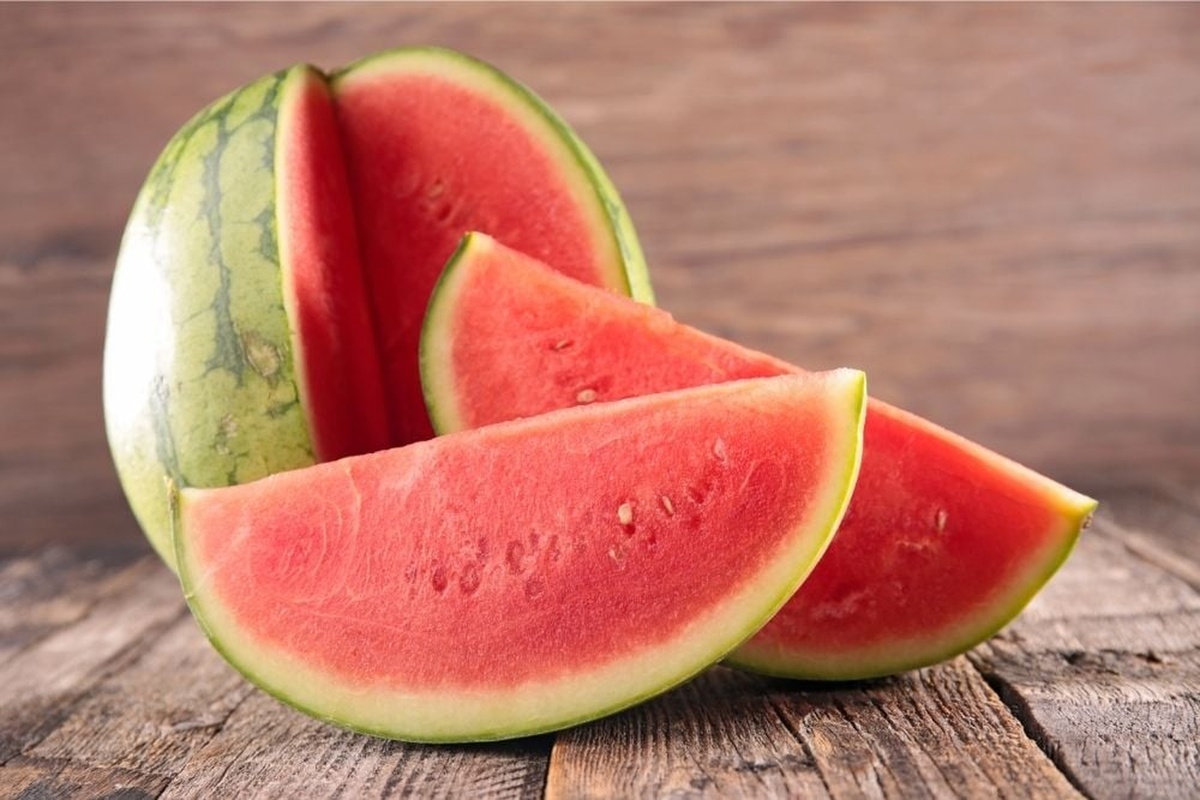
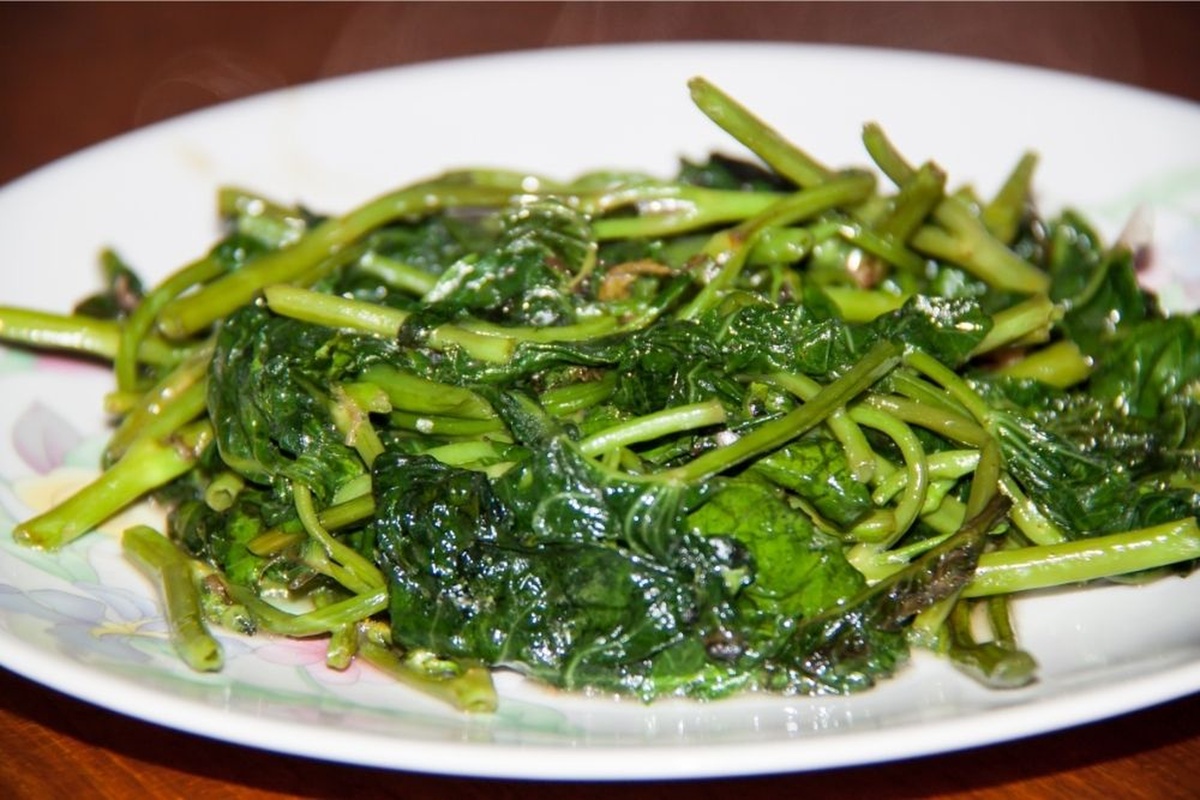
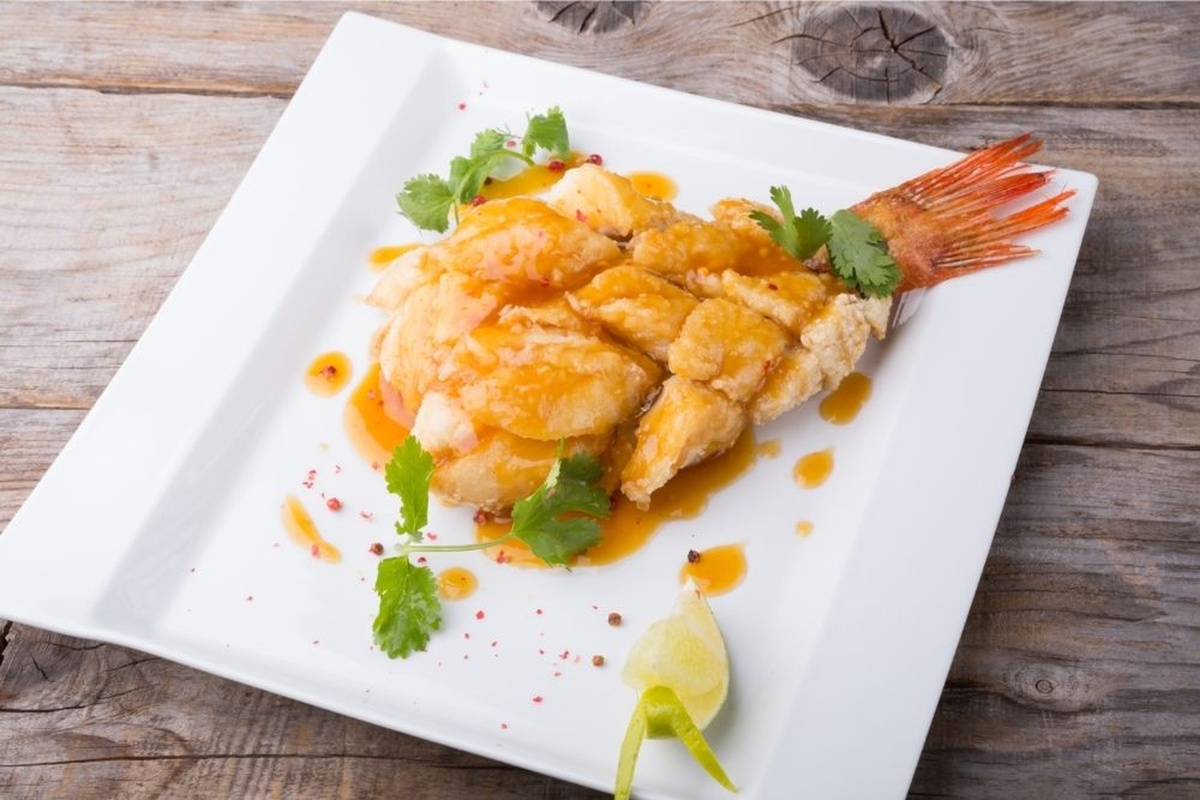
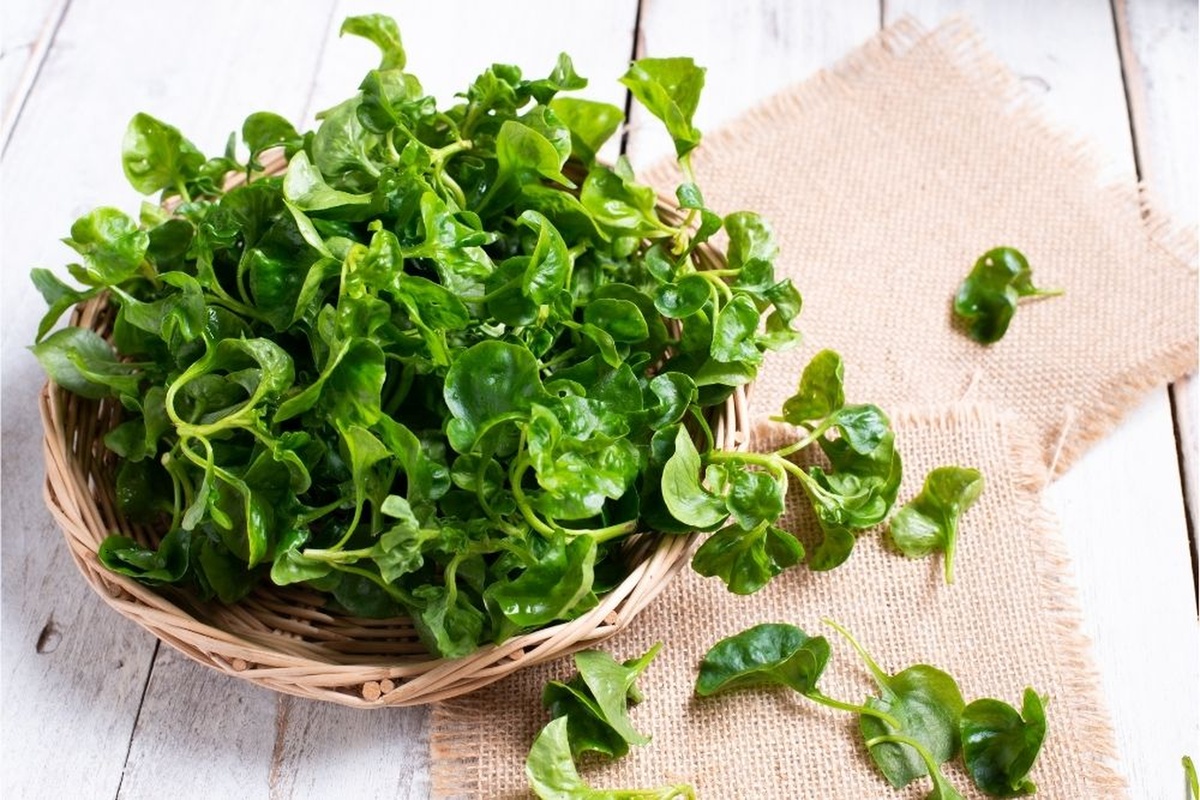
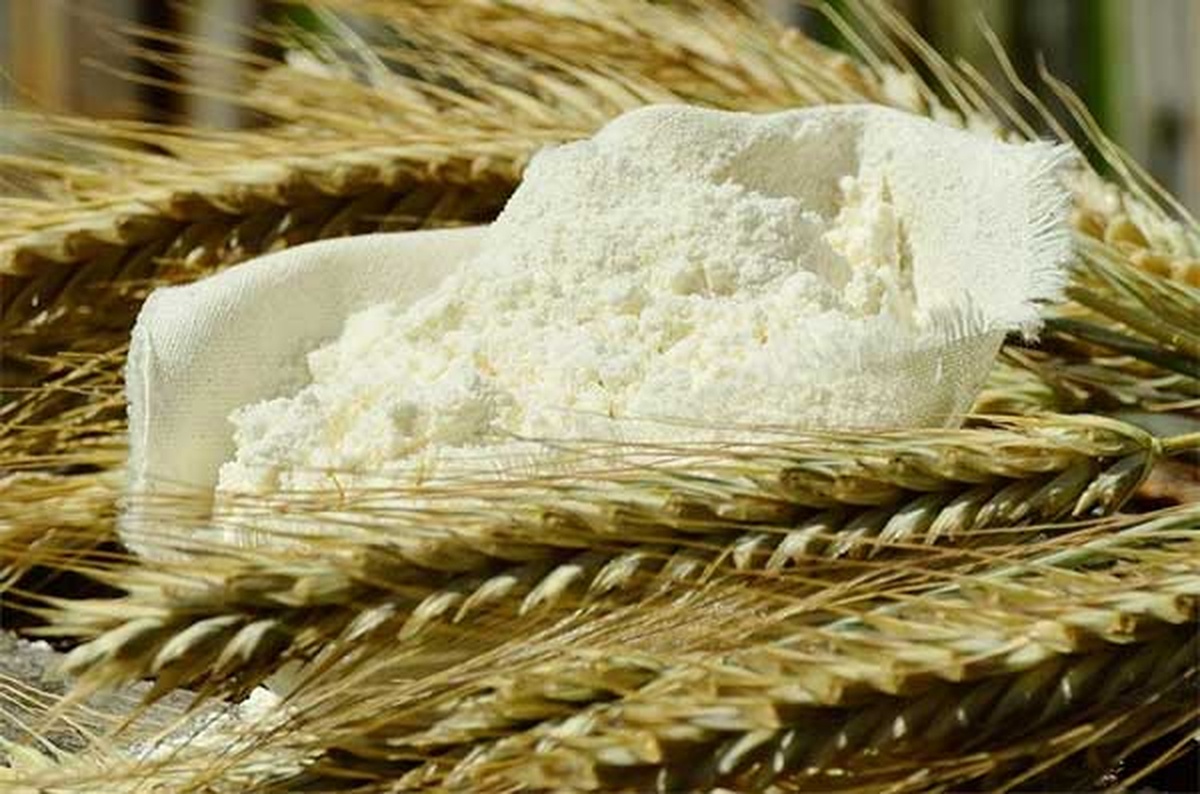
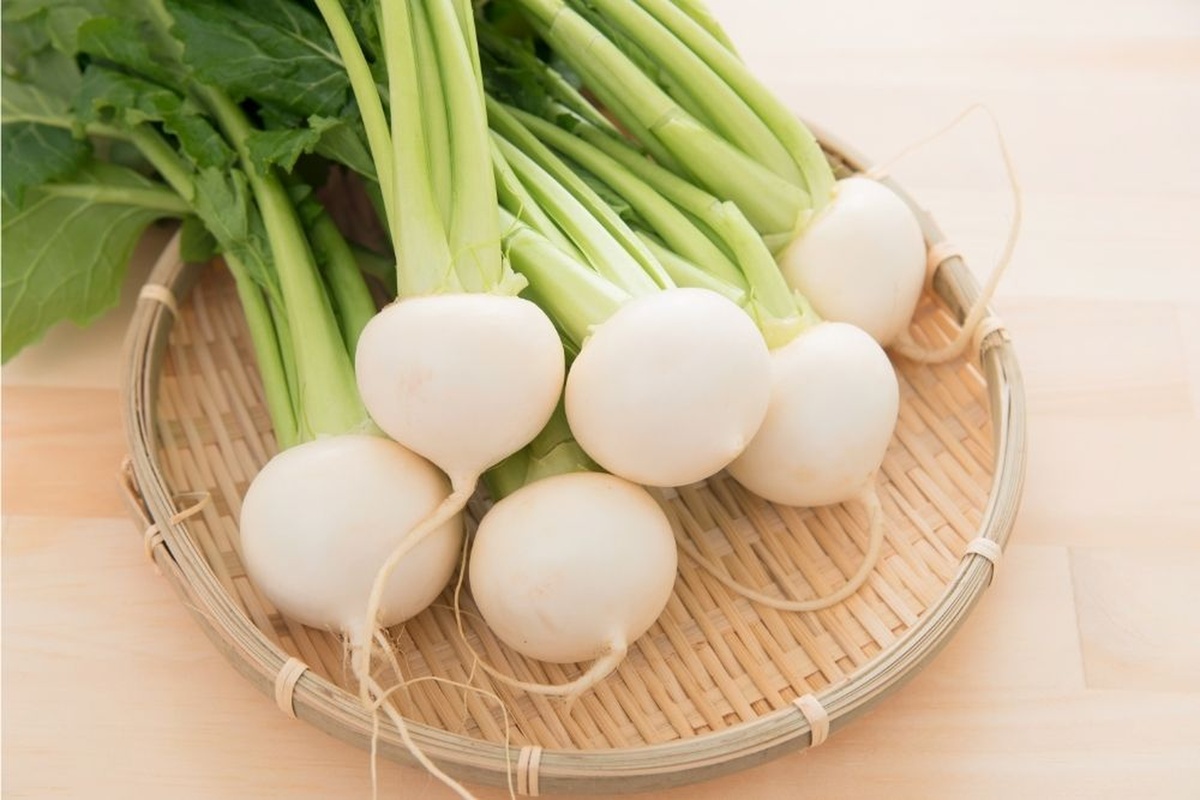
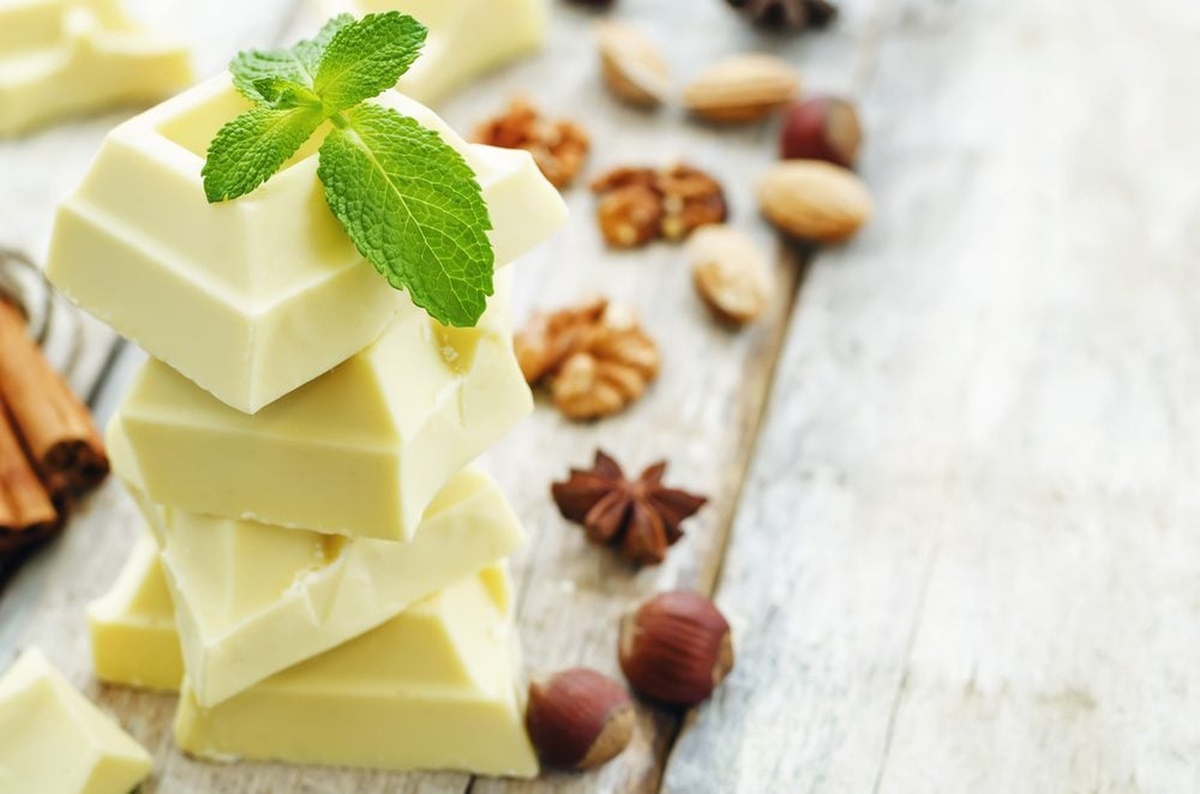
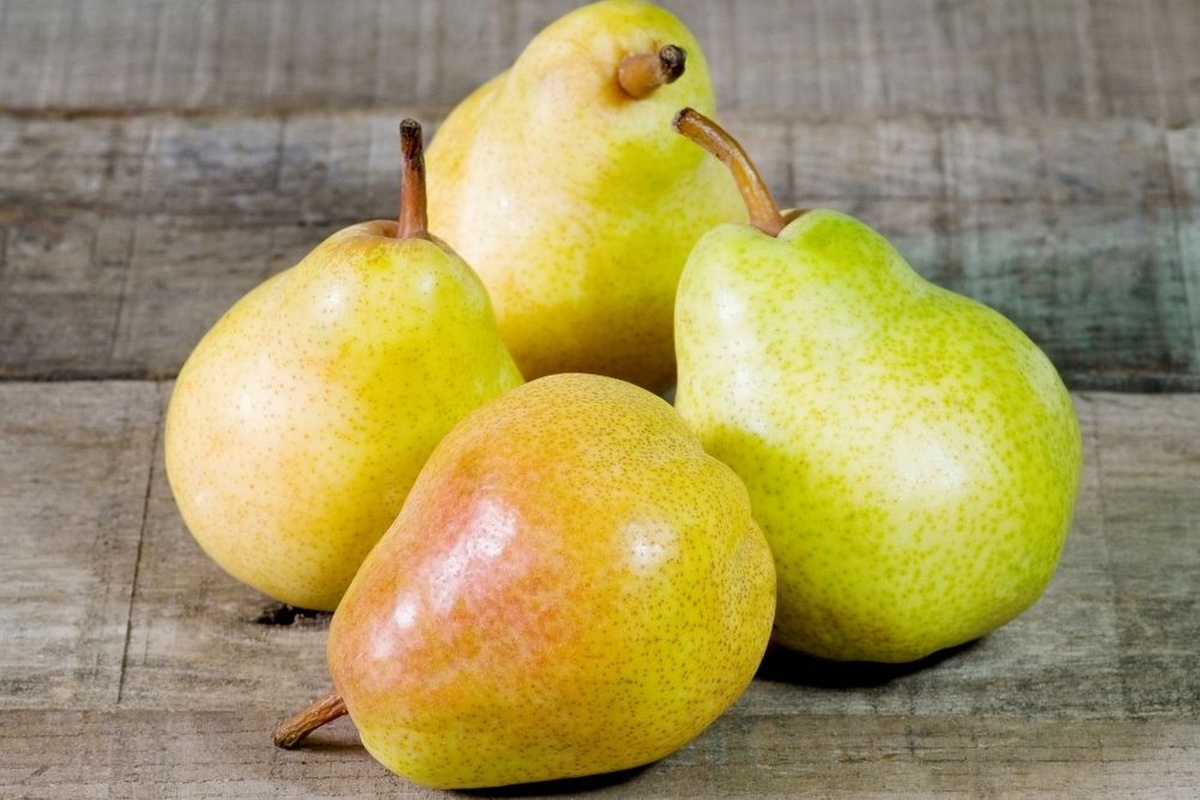
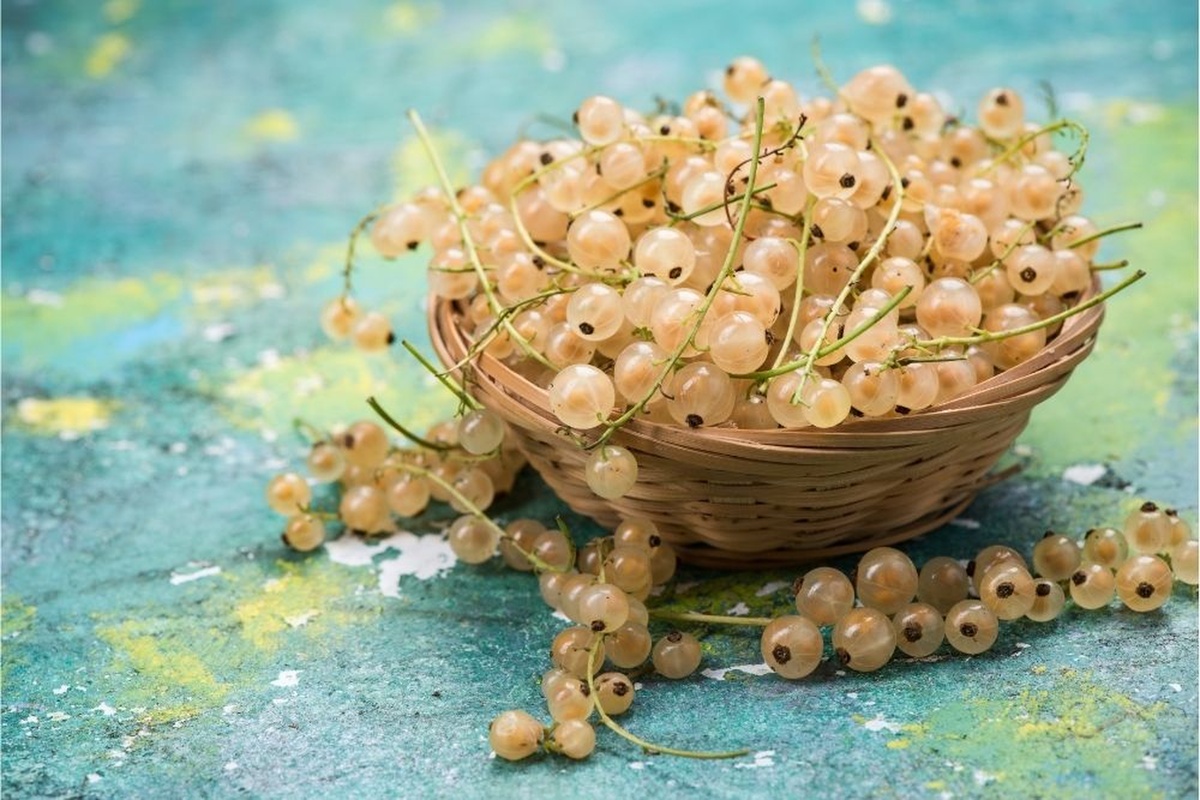
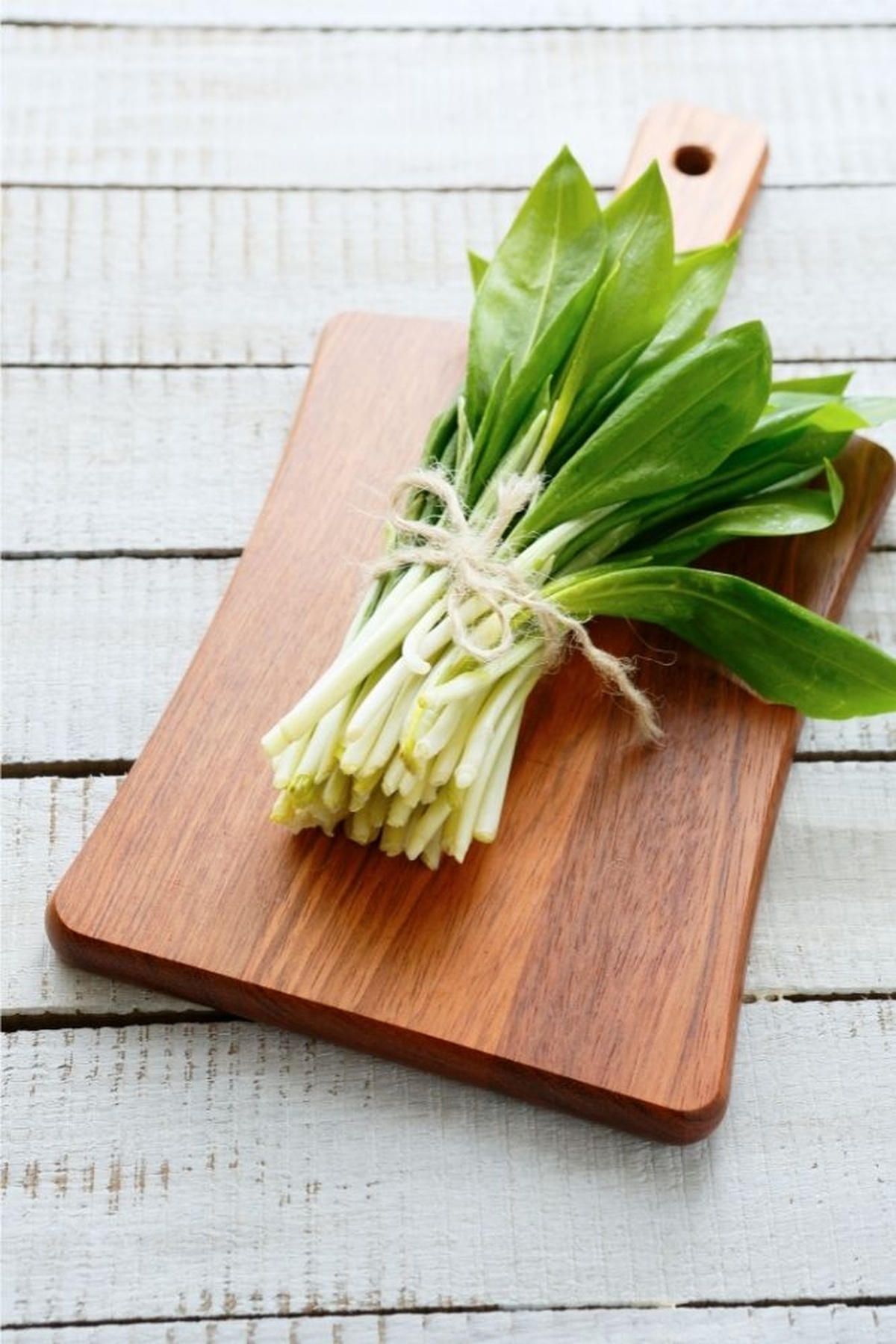
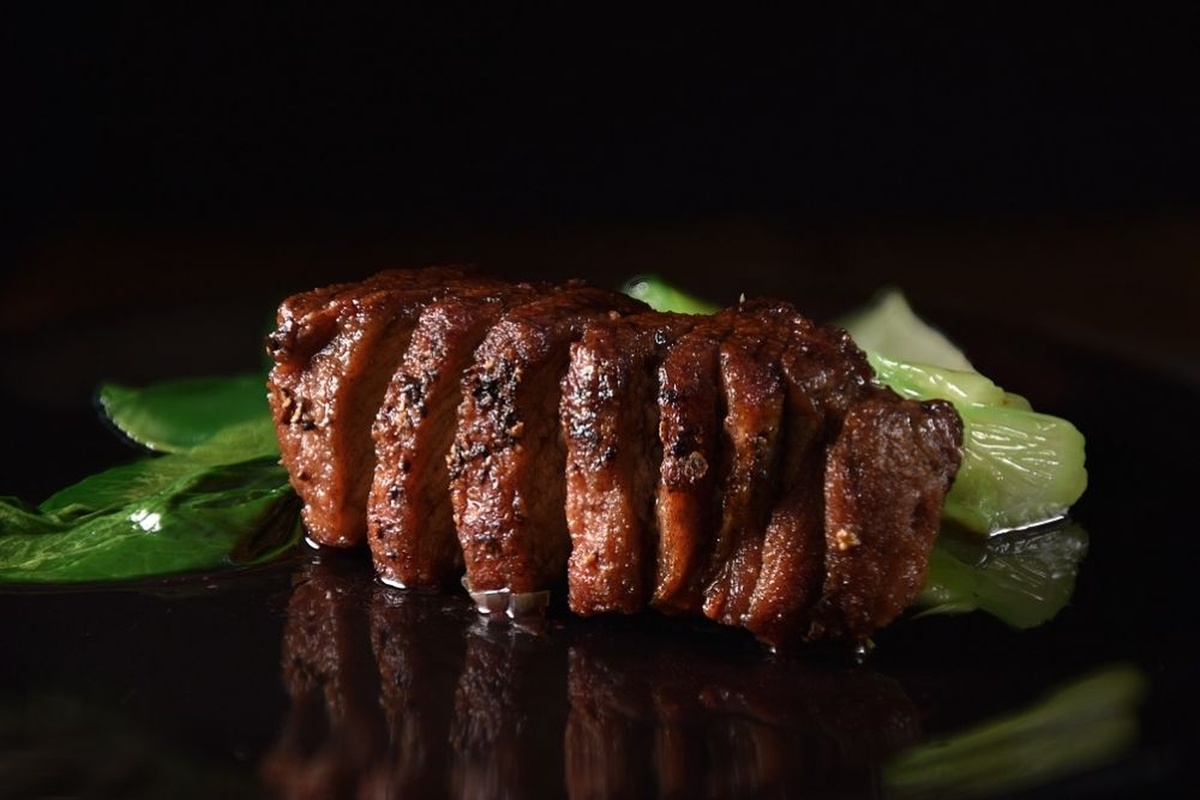
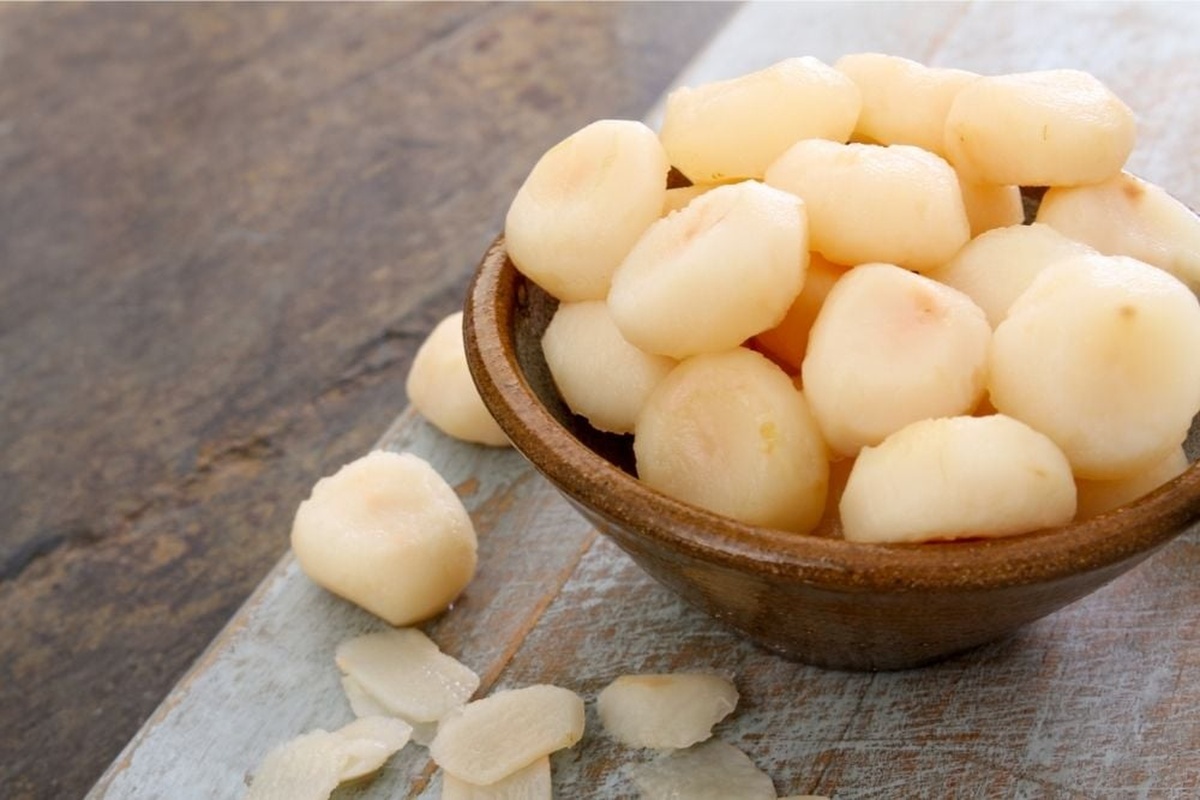
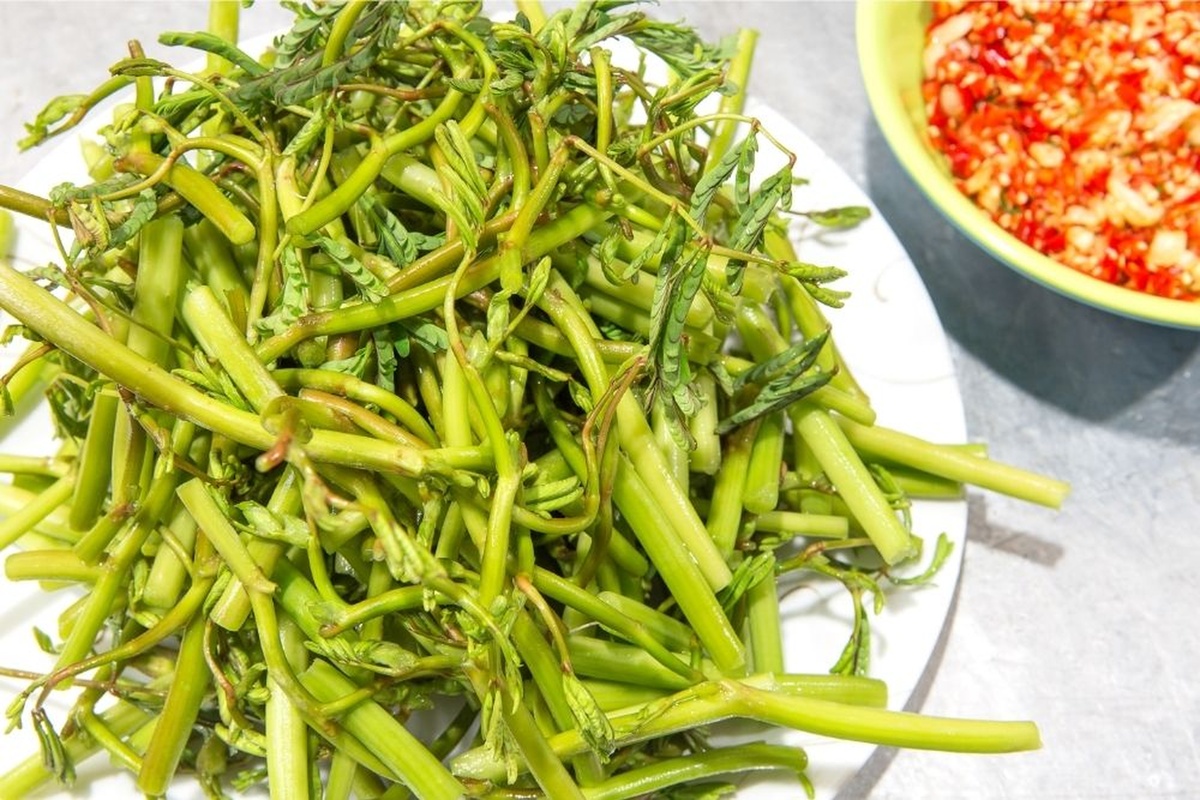
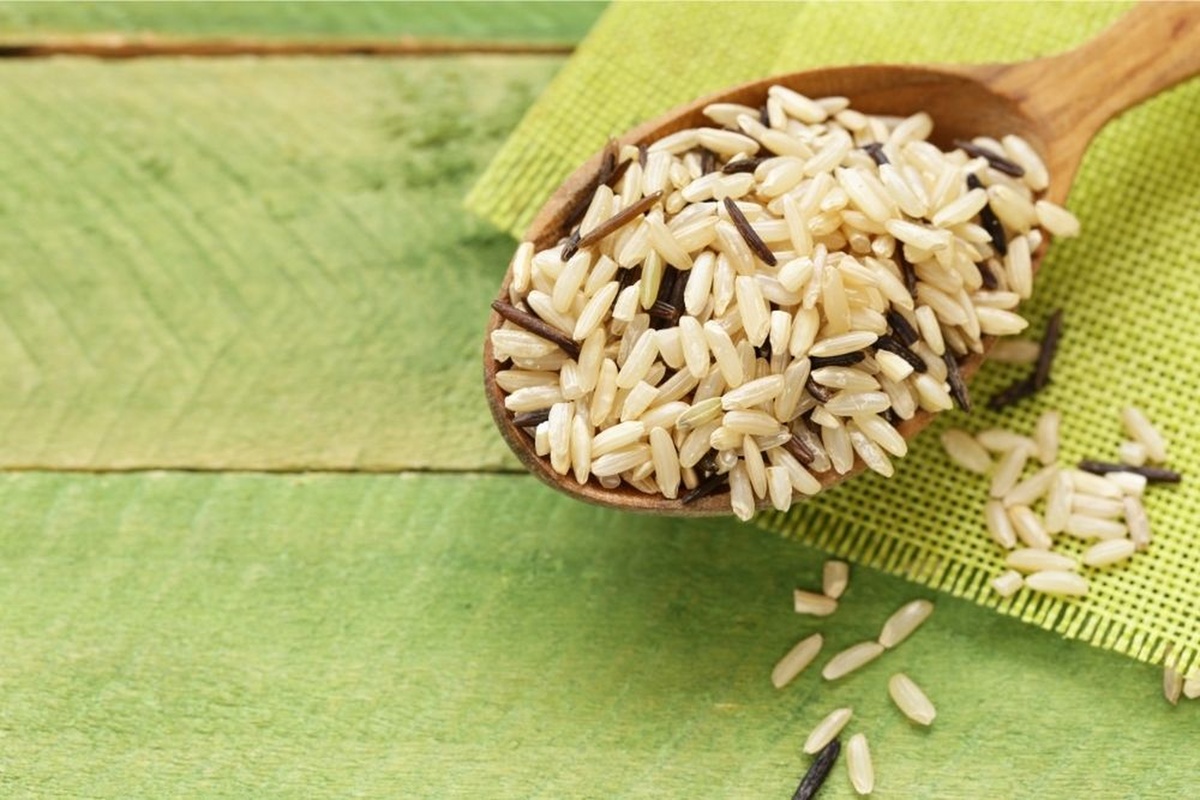
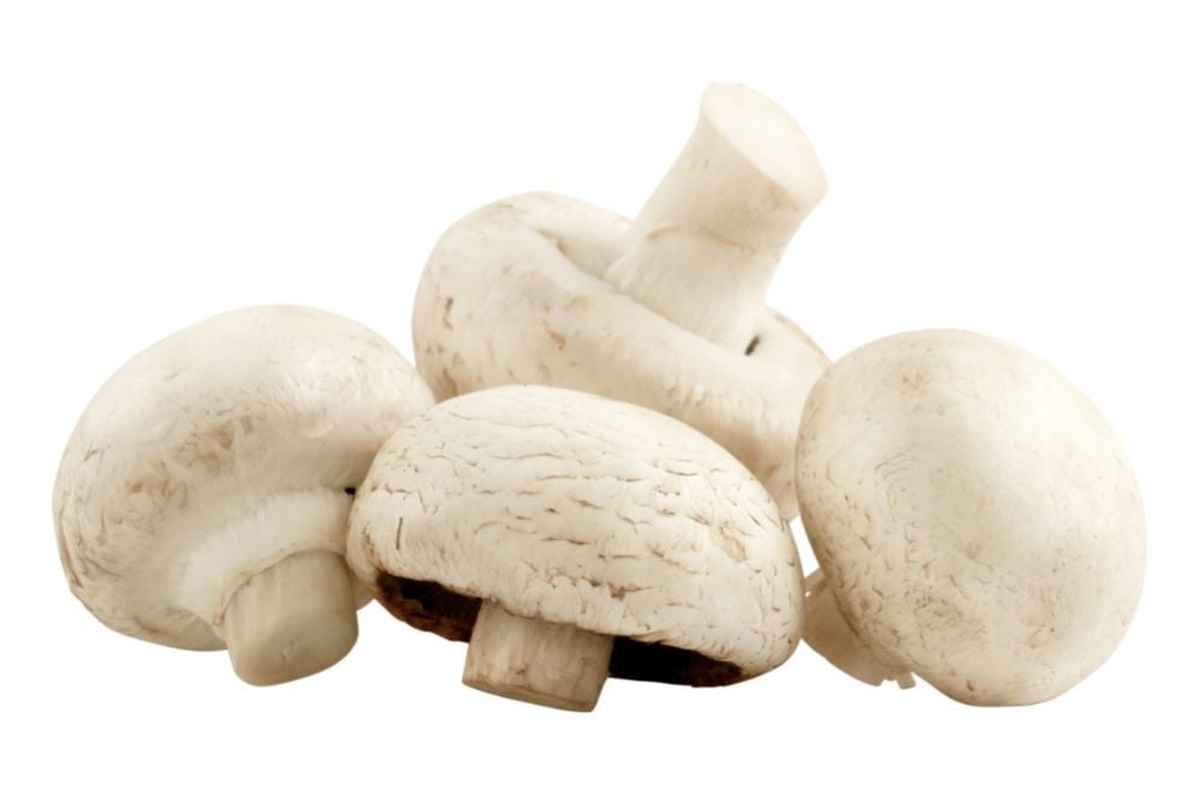
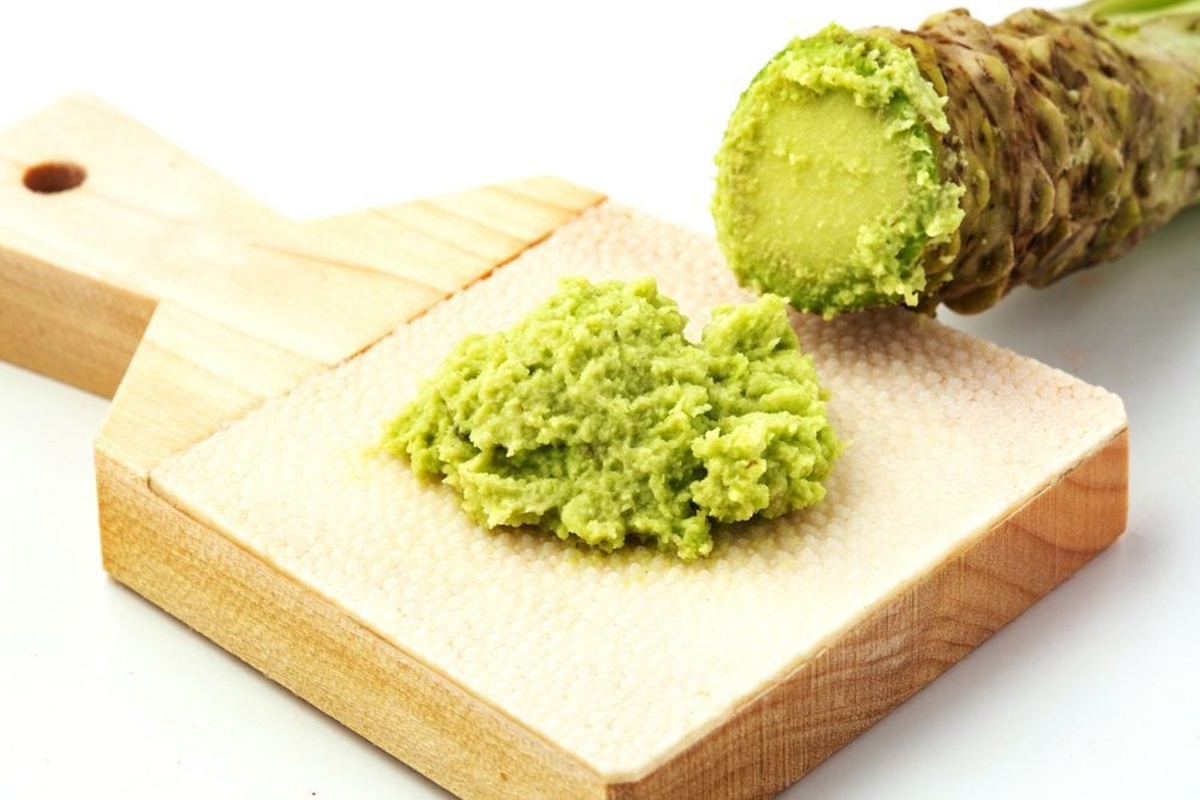
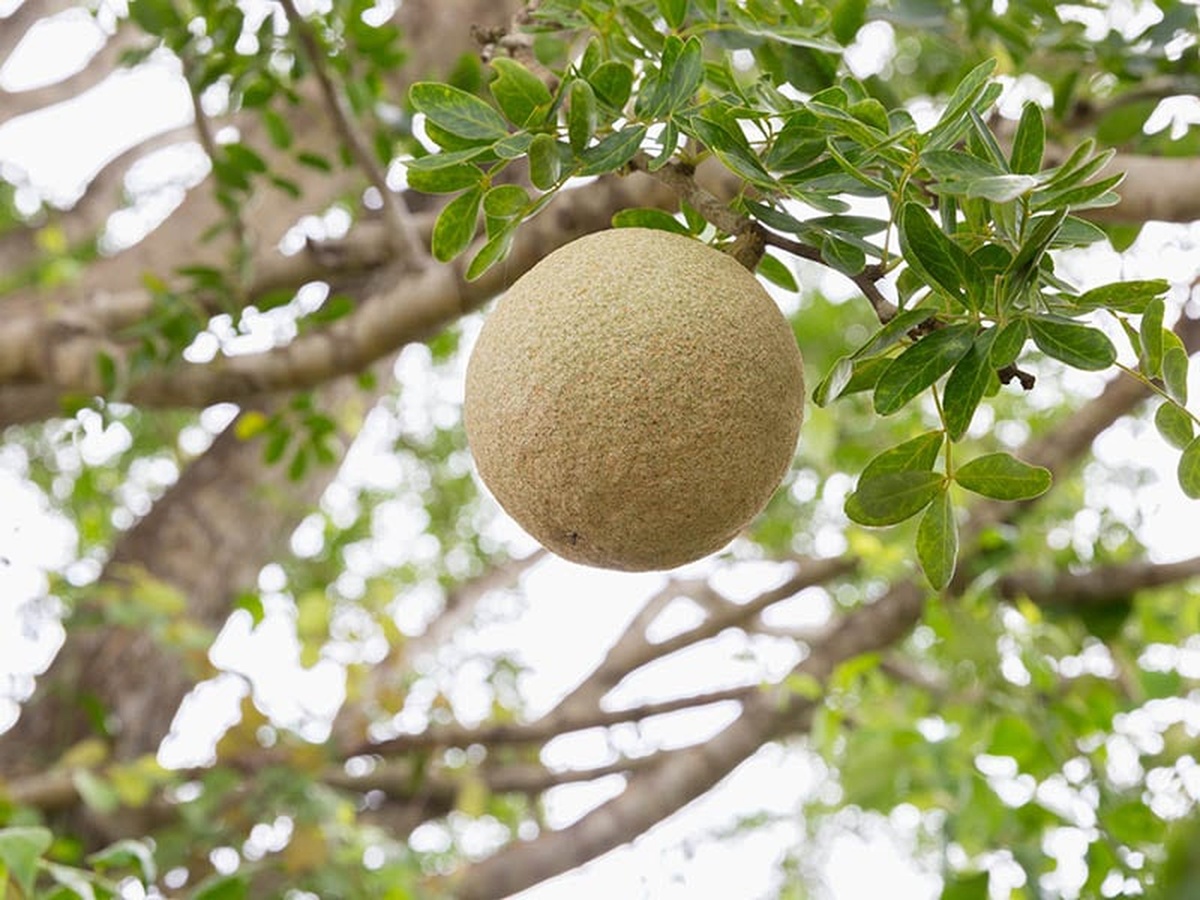
David Martinez
Travel and Food Writer
Expertise
Culinary Travel Writing, Food Photography, Cultural Food Exploration, Restaurant Reviews, Gastronomic Event Coverage
Education
The Culinary Institute of America (CIA), Greystone Campus, St. Helena, CA
Program: Associate Degree in Culinary Arts
Focus: Hands-on training in culinary techniques and kitchen management, blending traditional methods with contemporary food trends.
Le Cordon Bleu, Paris, France
Program: Grand Diplôme (Diploma in Cuisine and Pâtisserie)
Focus: Comprehensive culinary training in both classic French cuisine and pastry arts, emphasizing precision, creativity, and professional kitchen operations.
David Martinez is a travel and food writer who explores the world one dish at a time. With culinary training from The Culinary Institute of America and Le Cordon Bleu, David captures the heart of each place he visits through its food. His journeys, from vibrant markets in Asia to intimate bistros in Europe, inspire his storytelling.
At thebreslin.com, David shares recipes and stories that give readers a taste of global food culture. His approachable writing and passion for authentic flavors help readers feel connected to the world’s kitchens, one bite at a time.